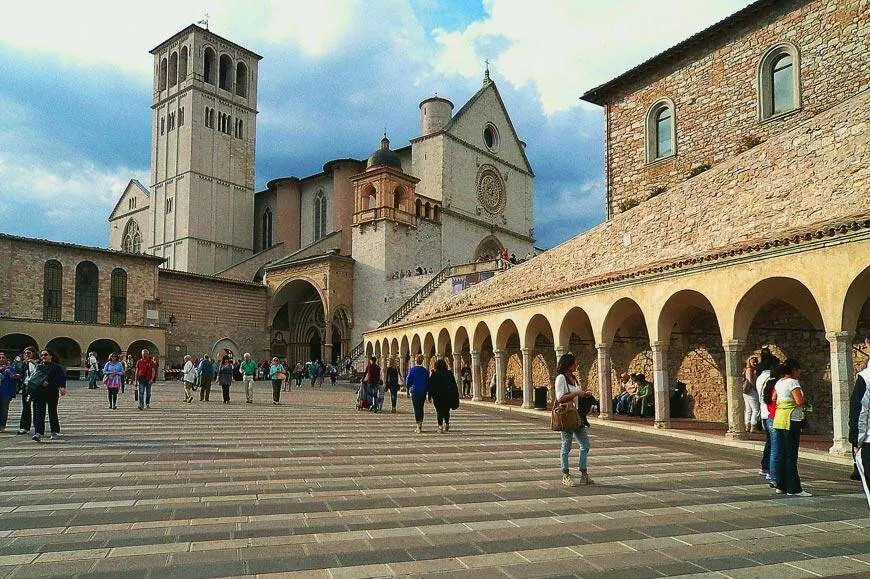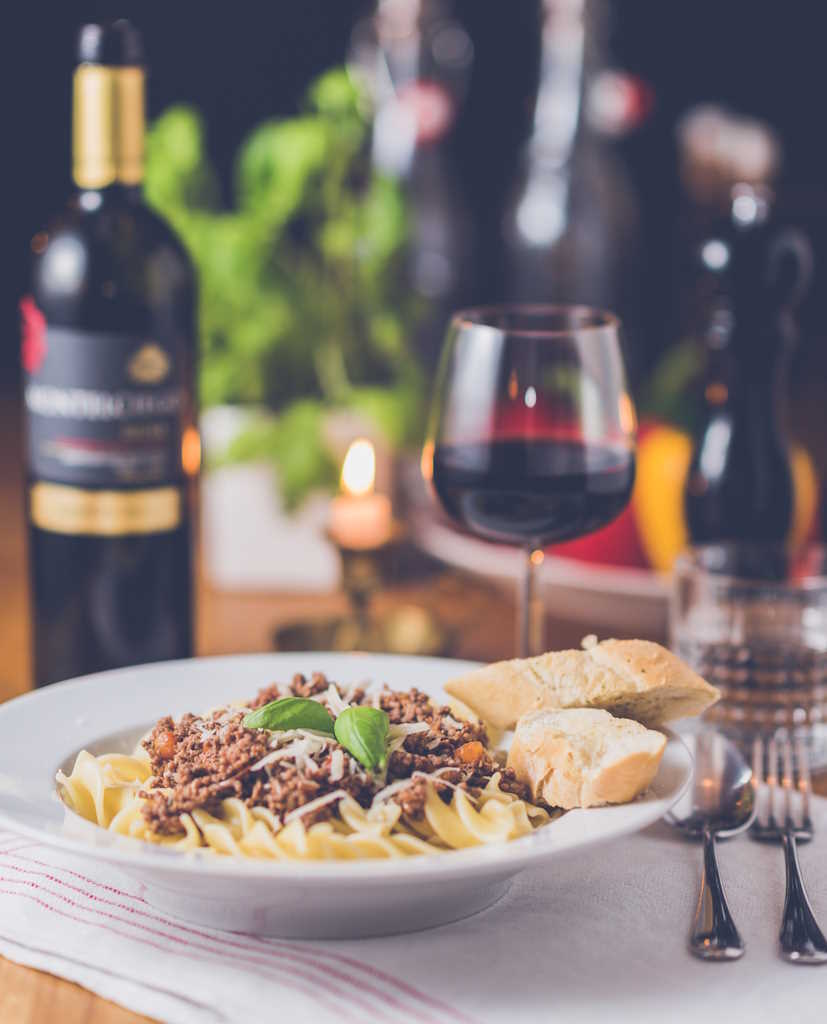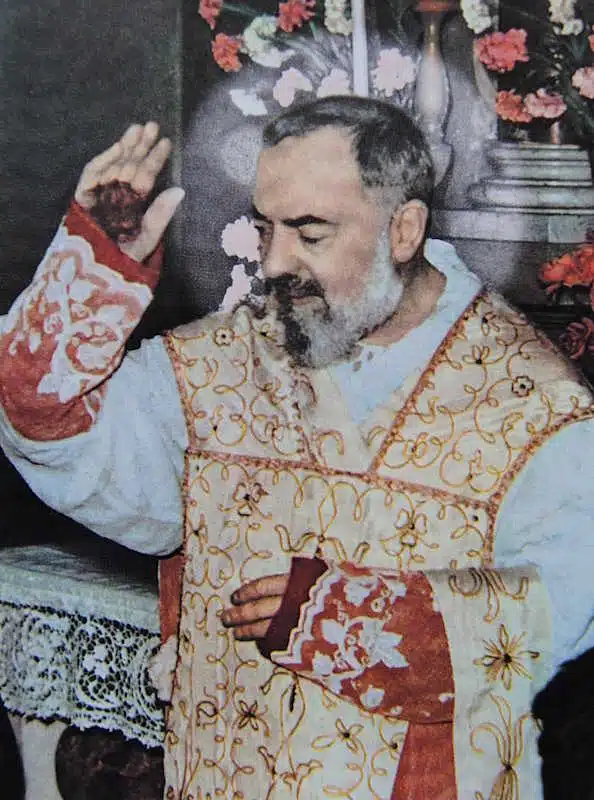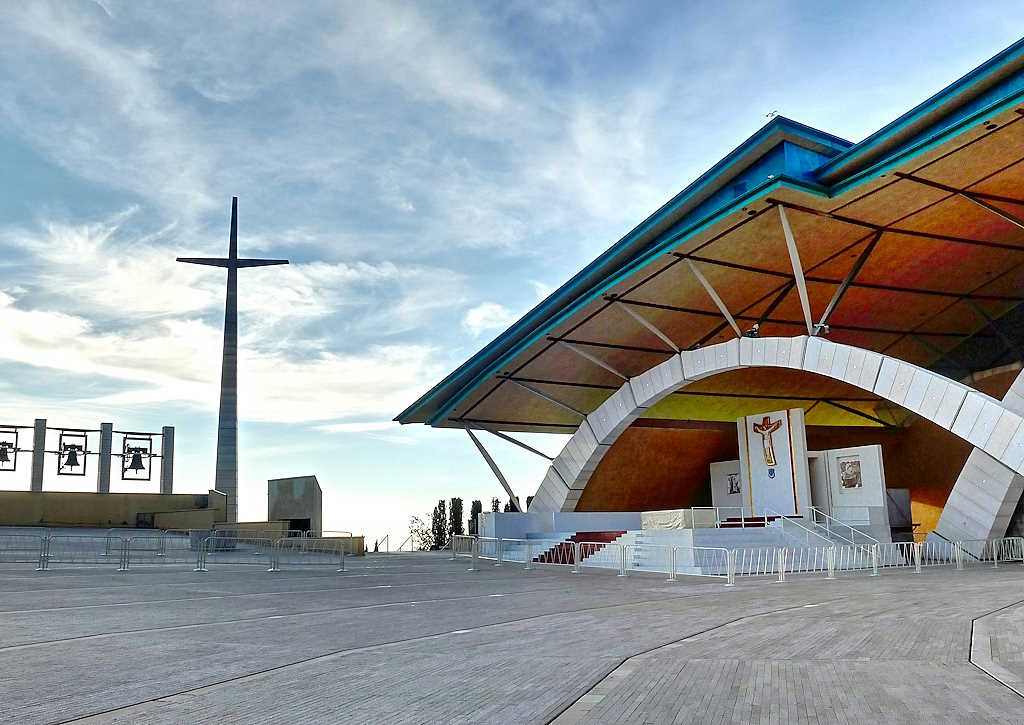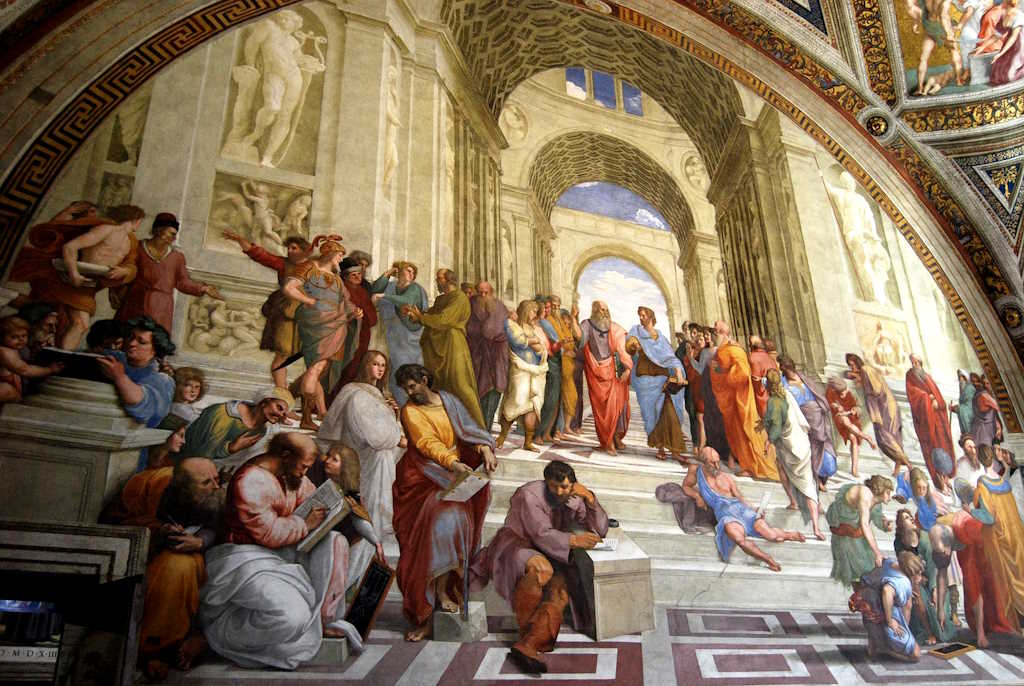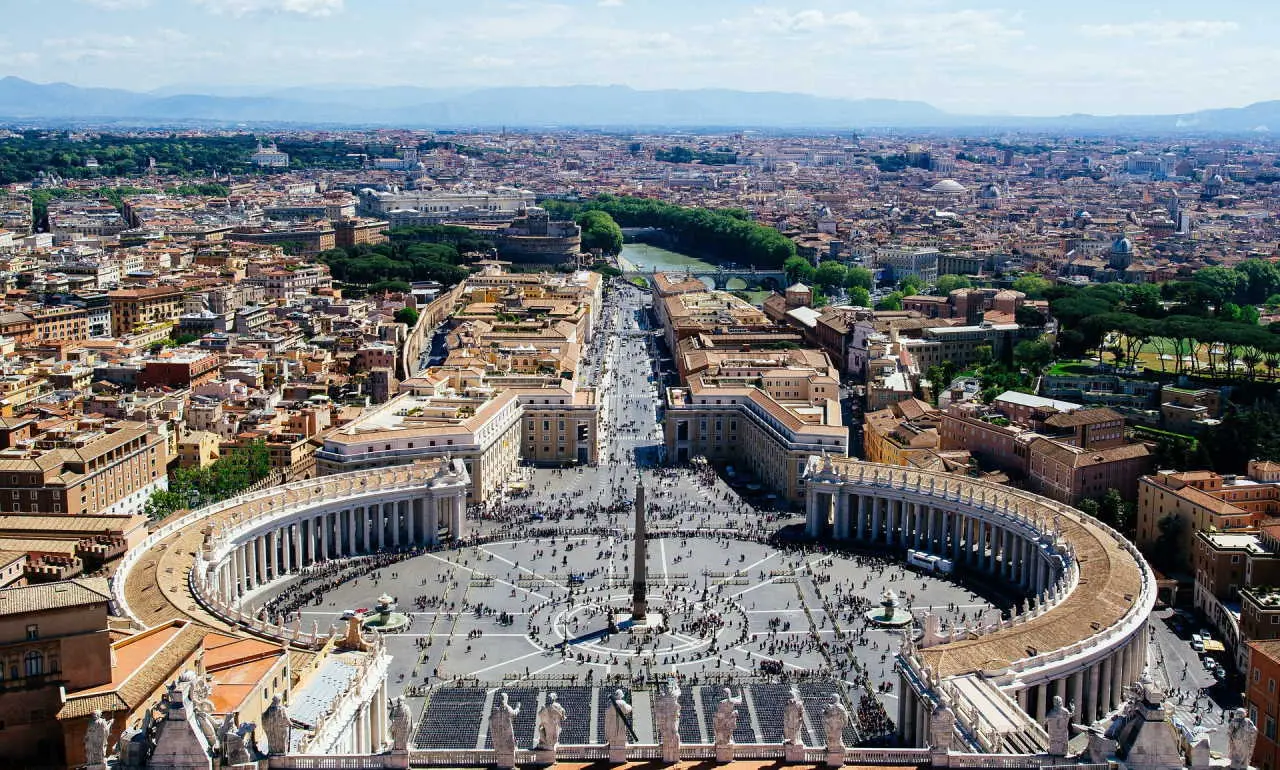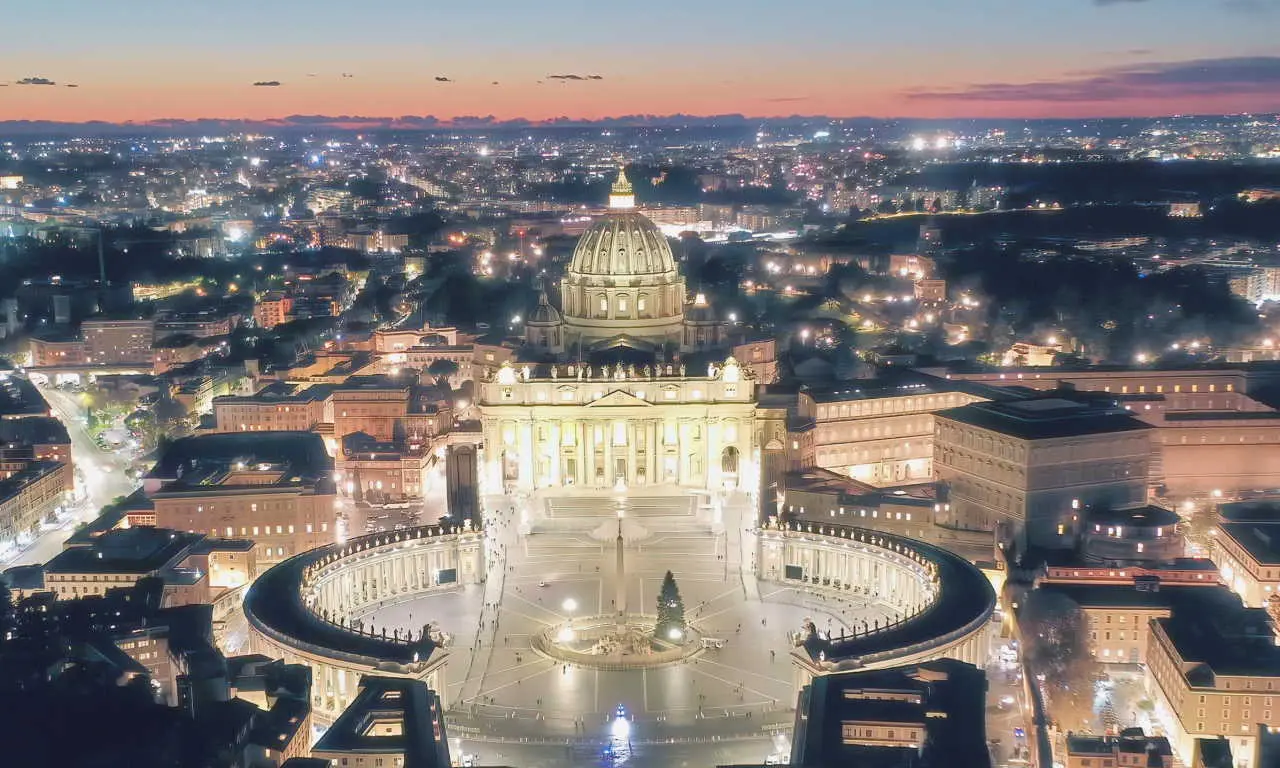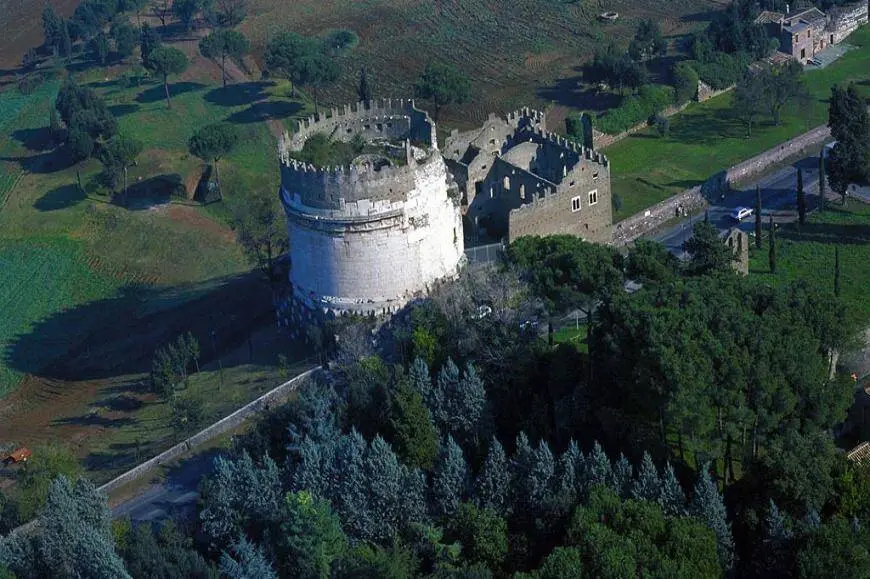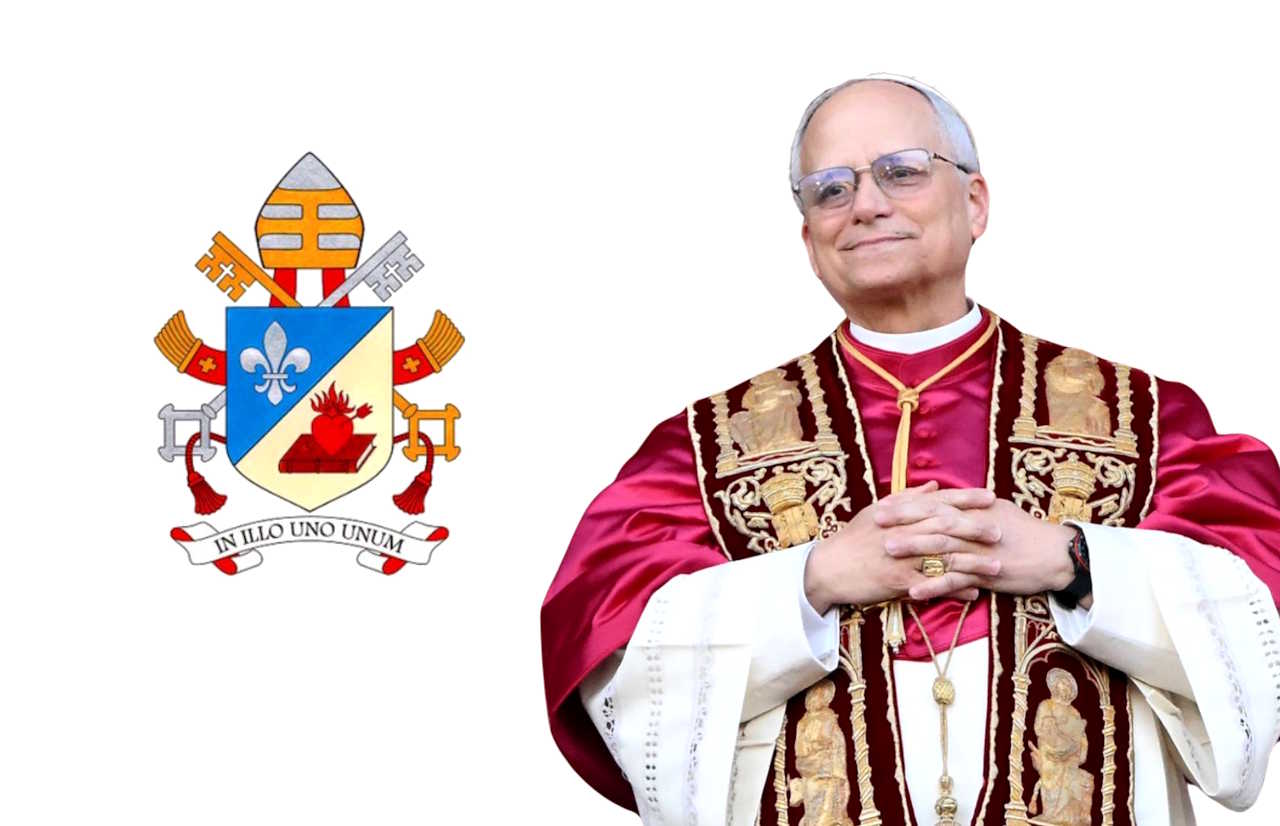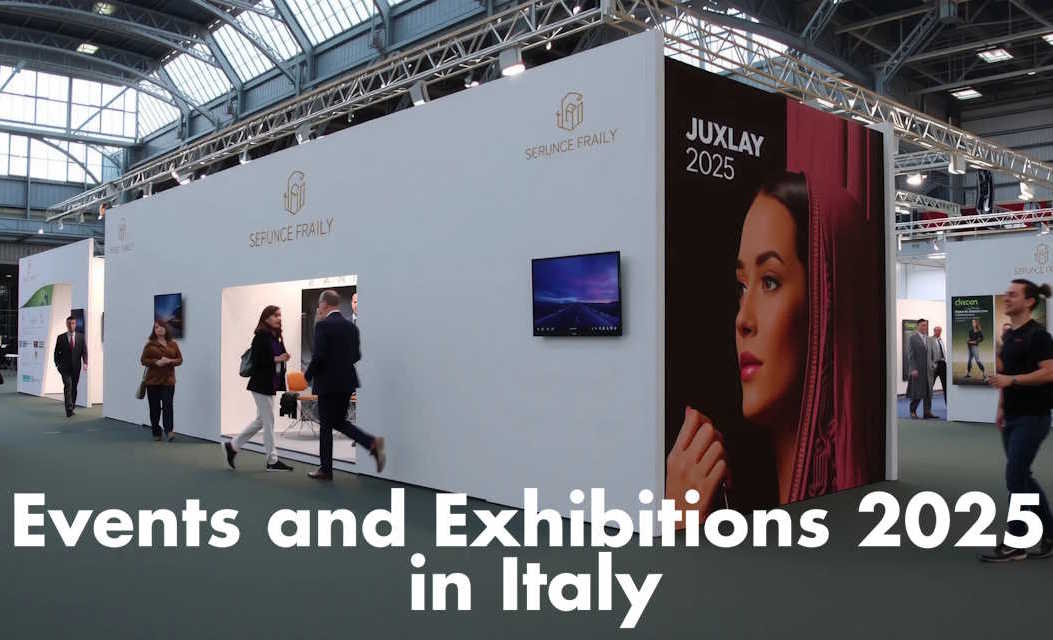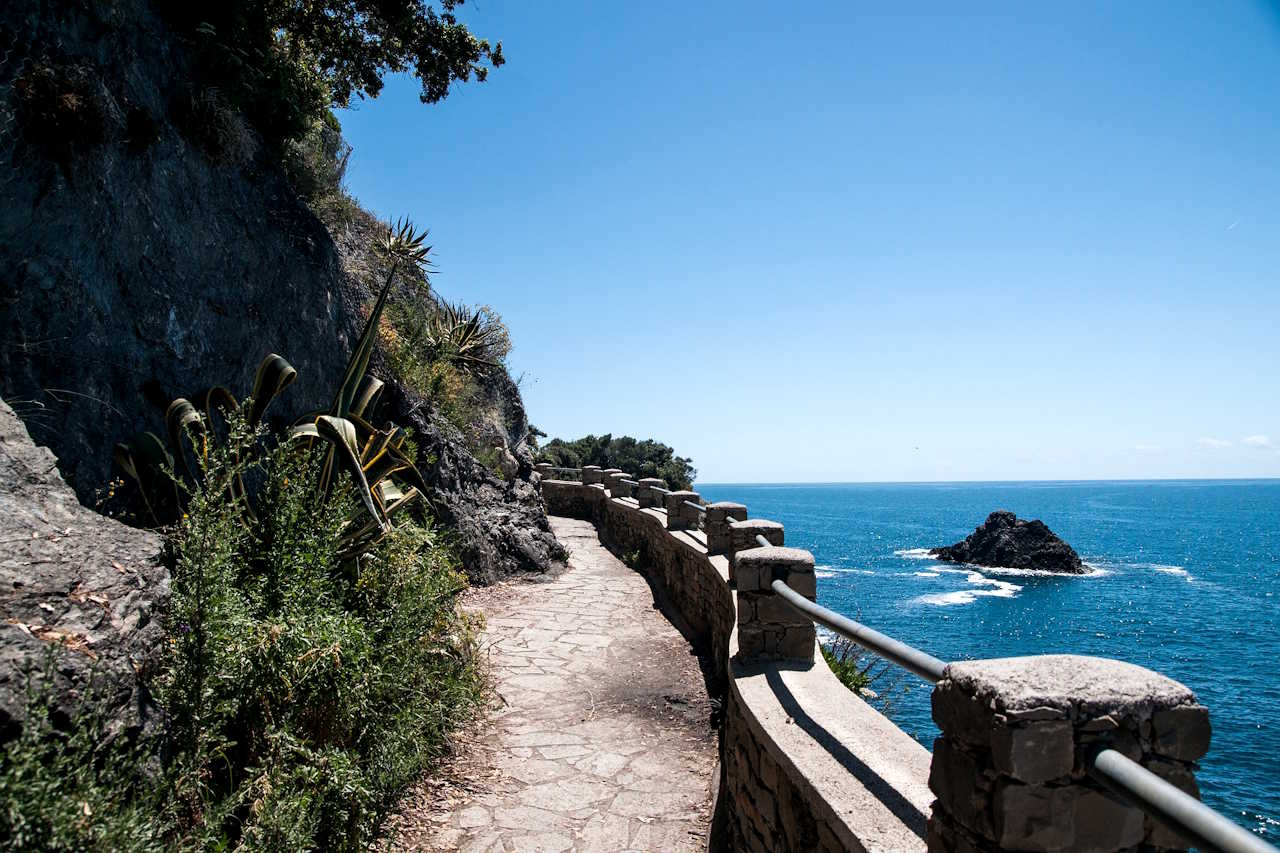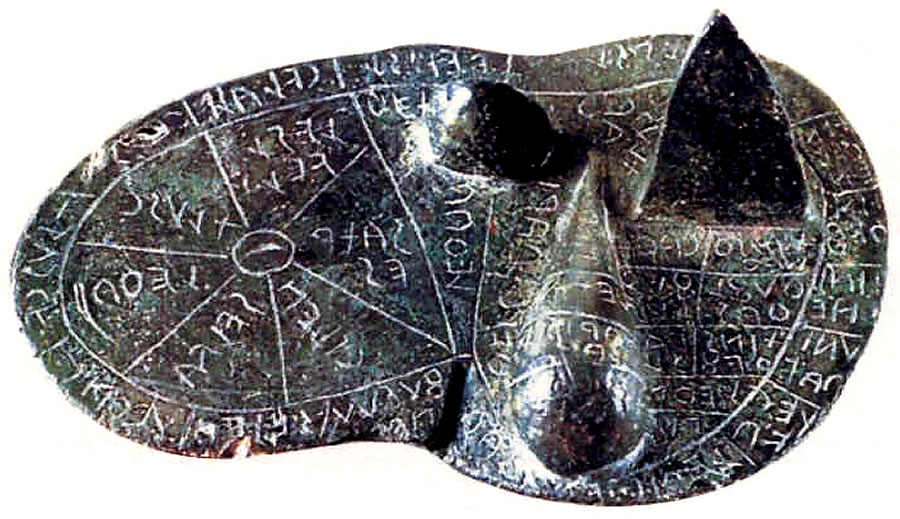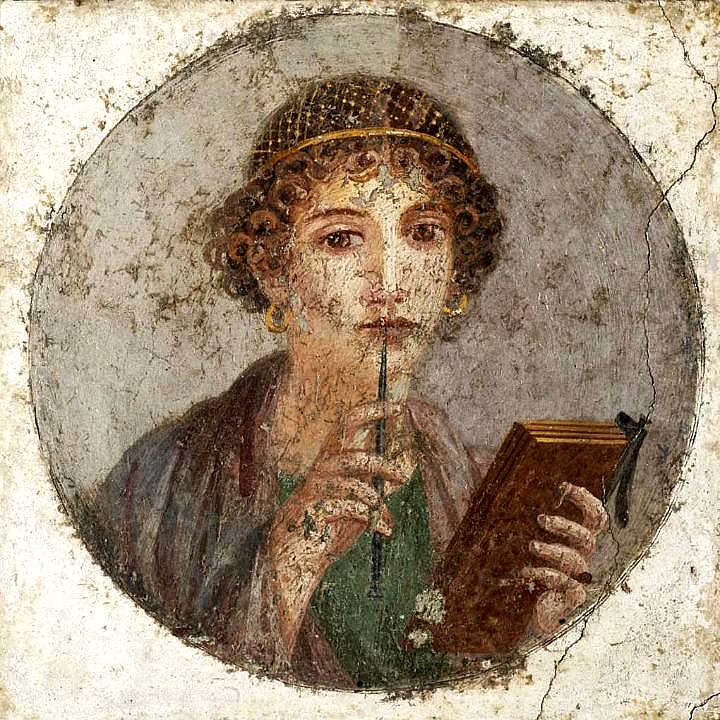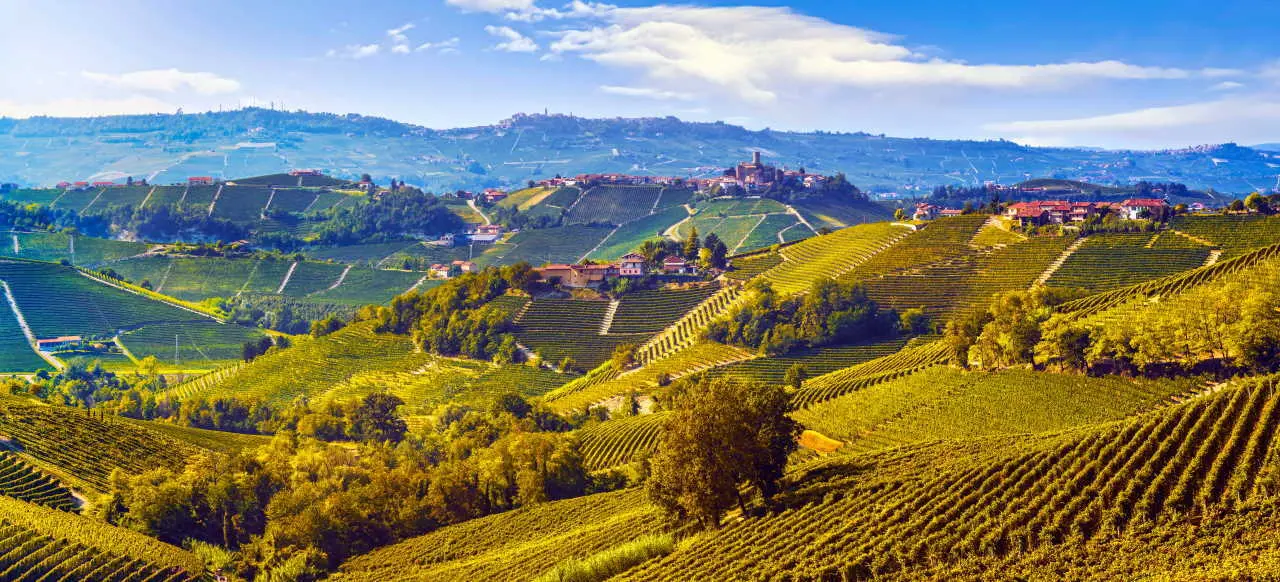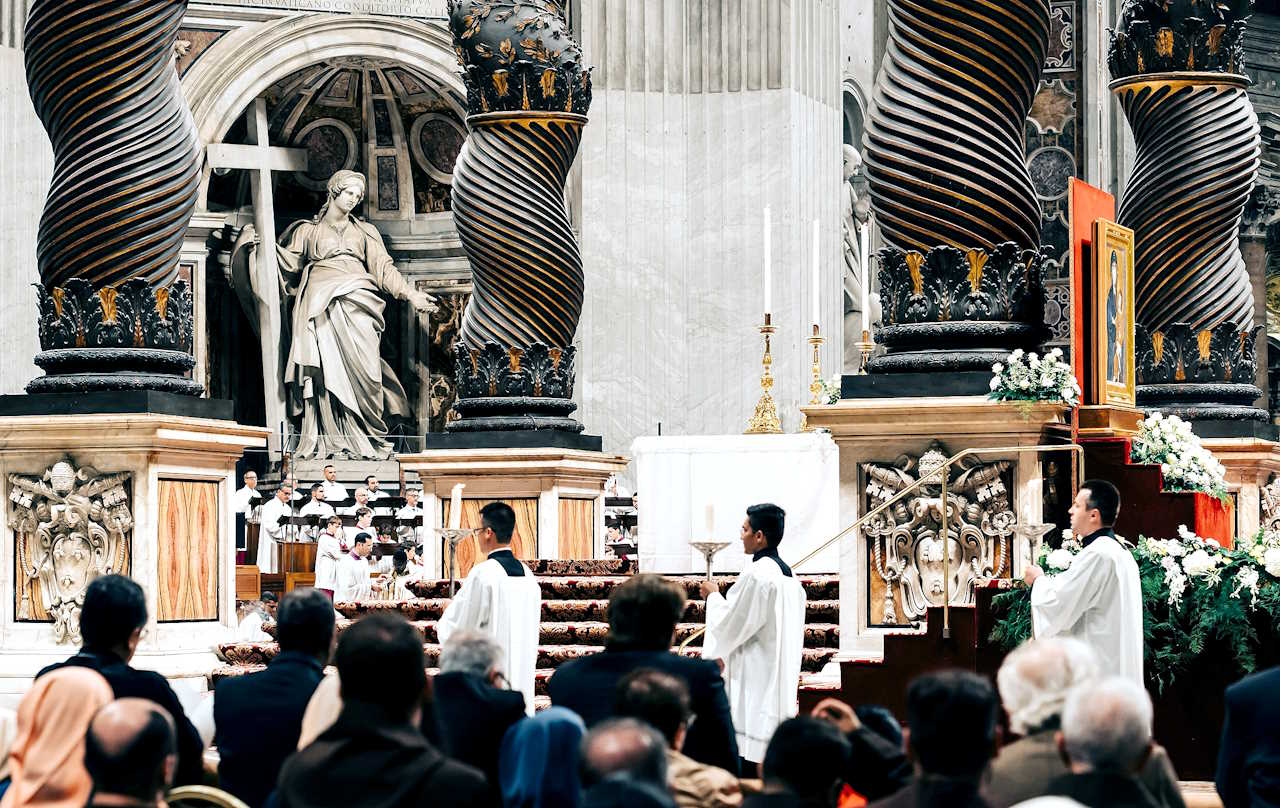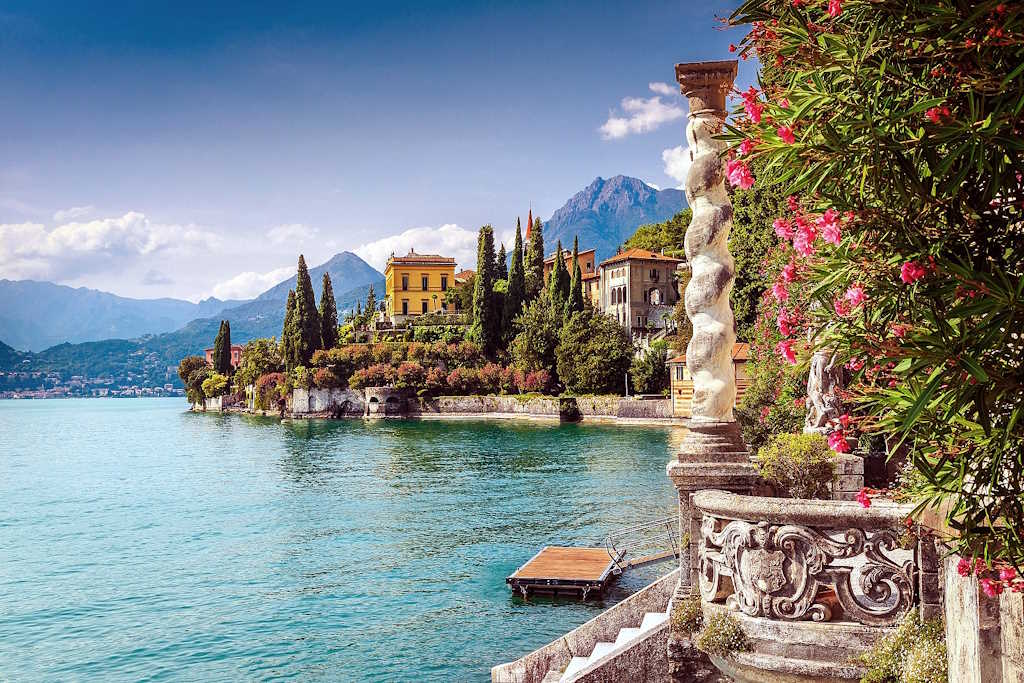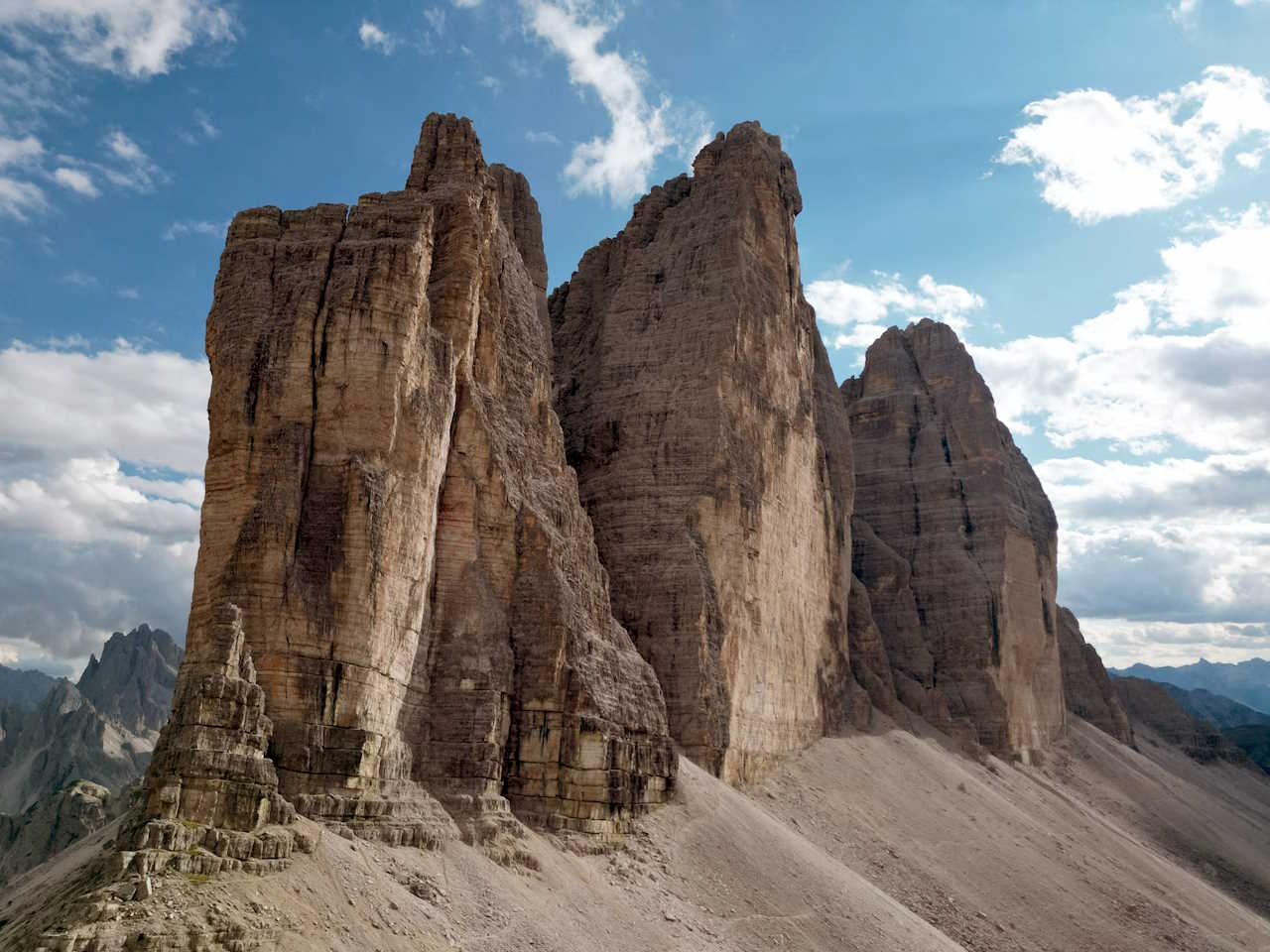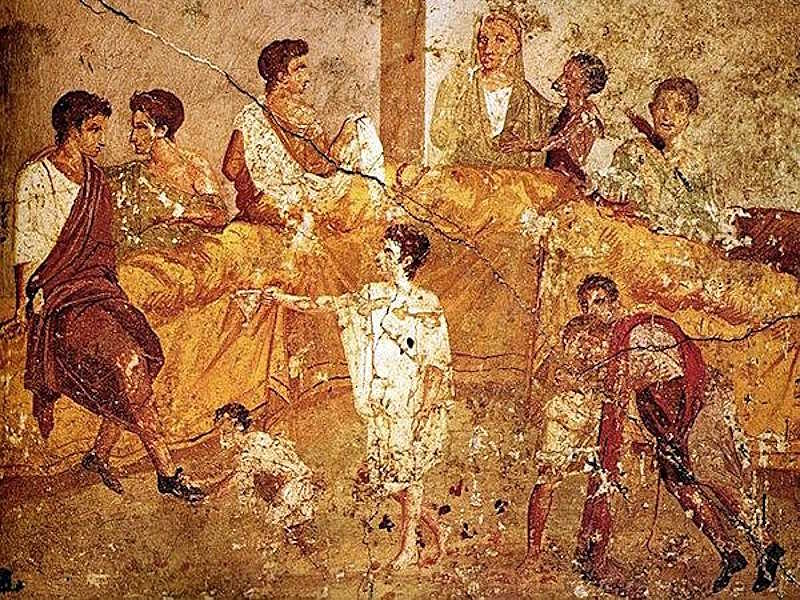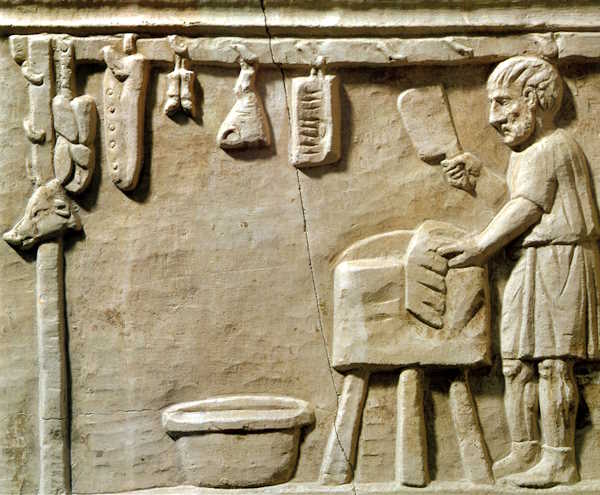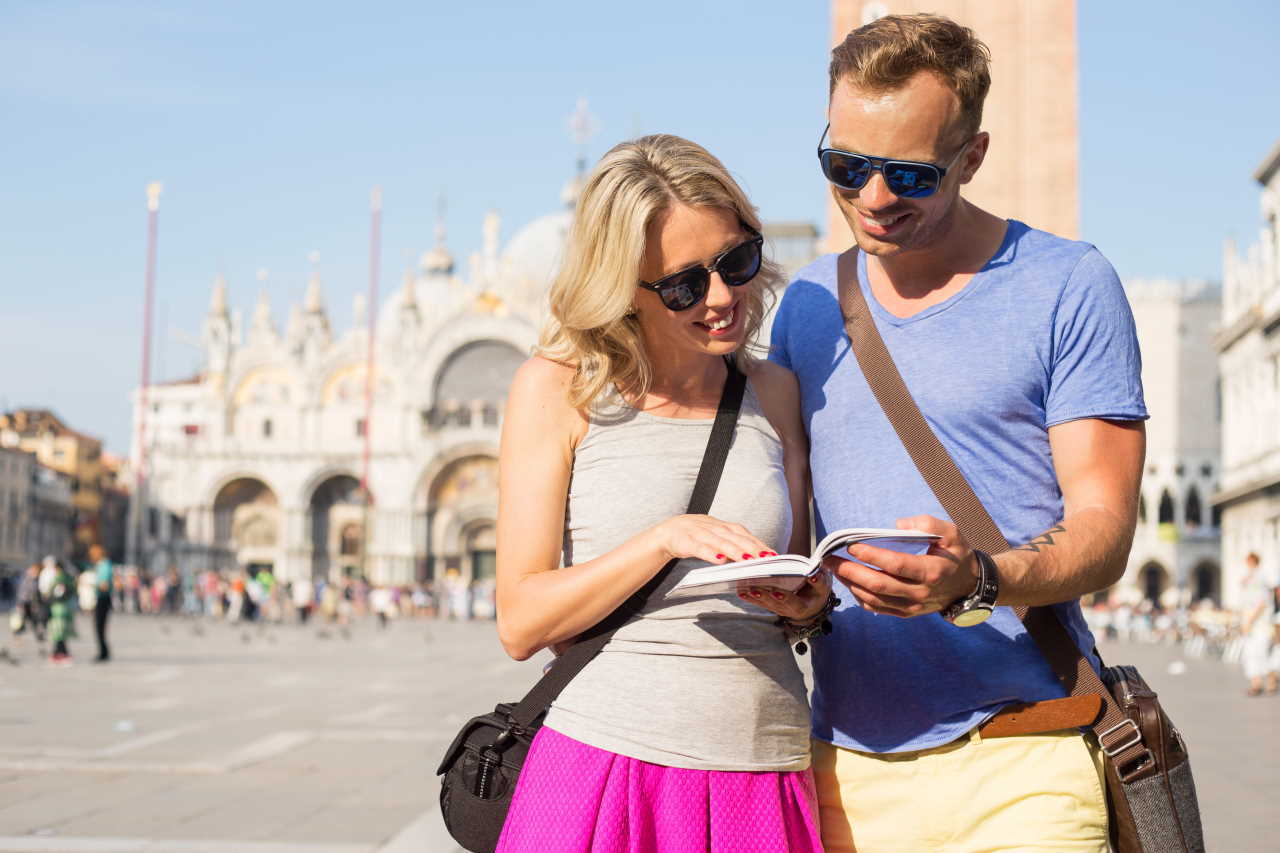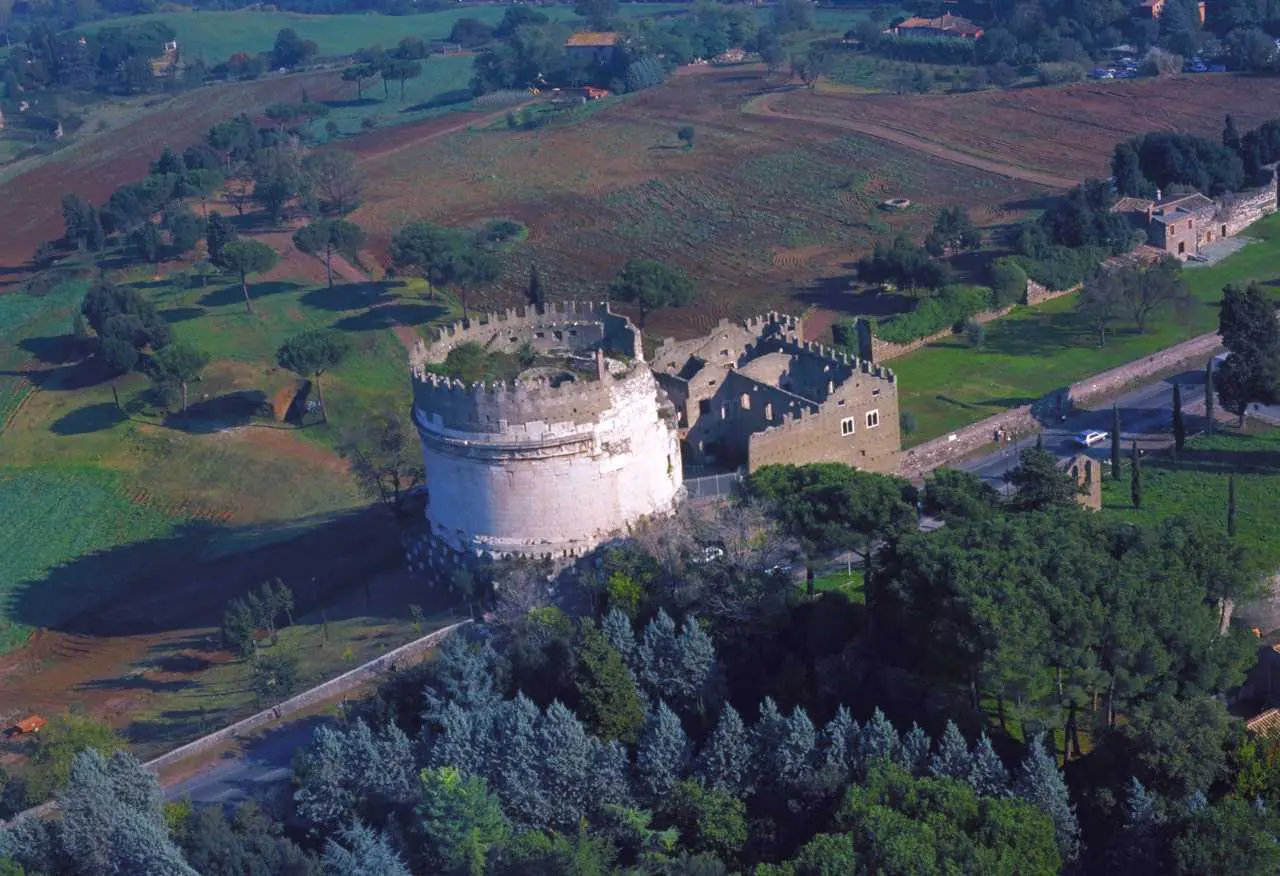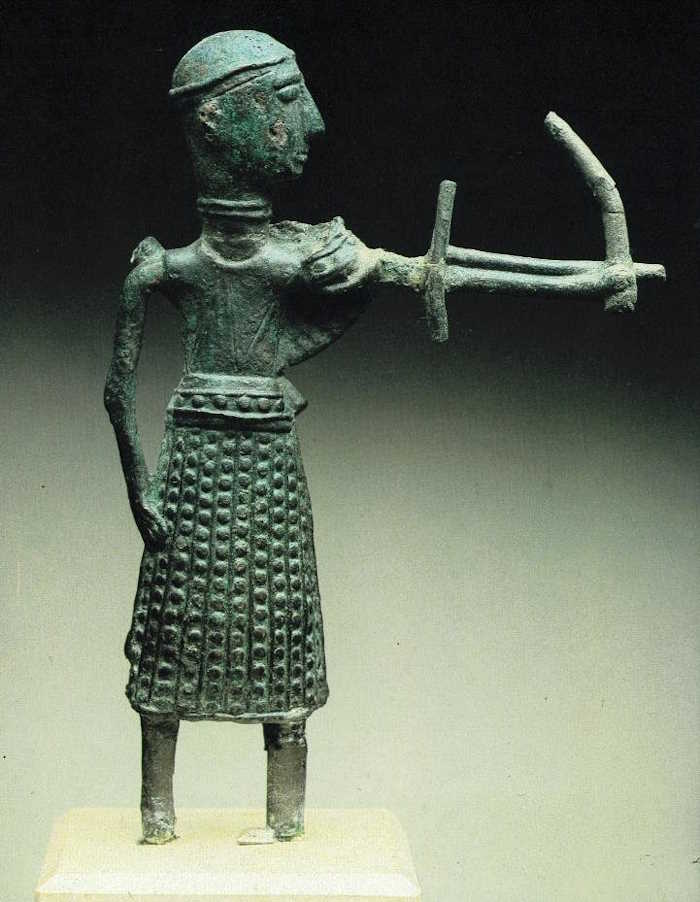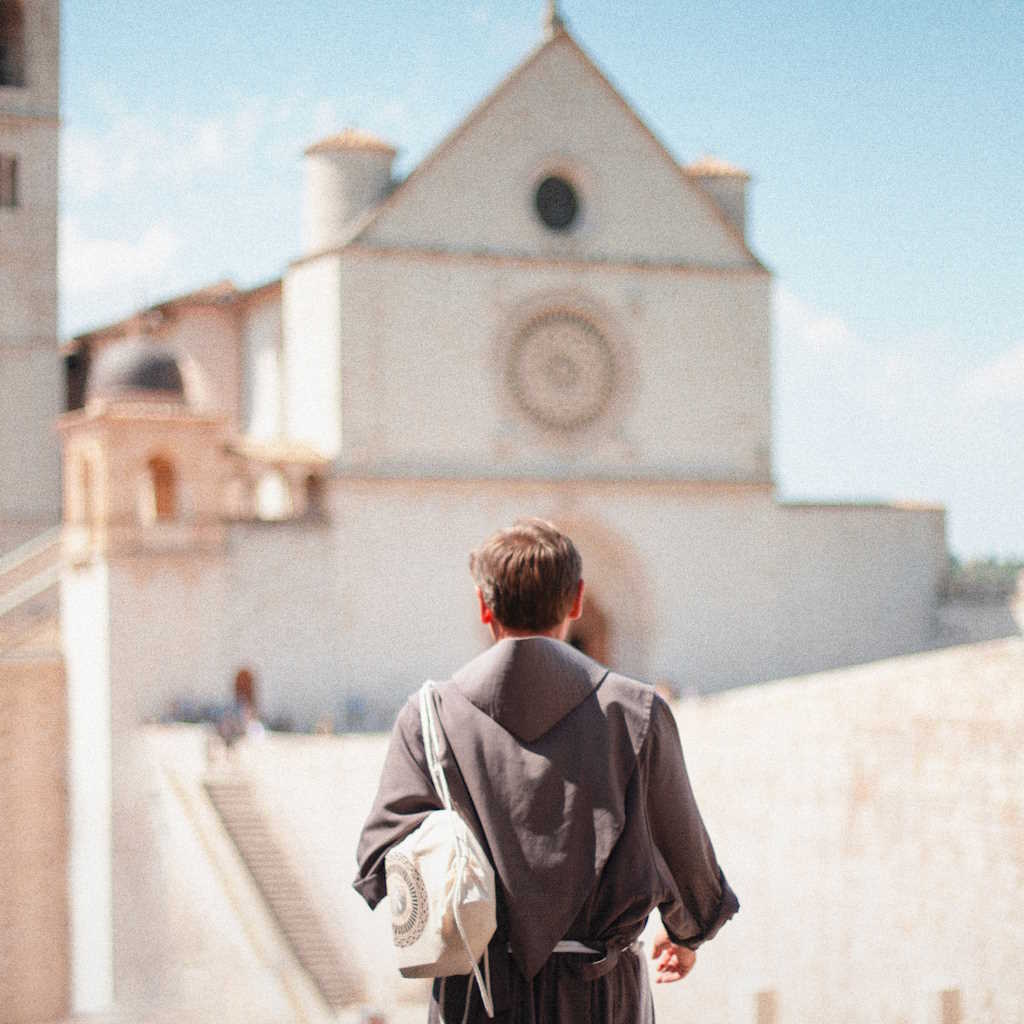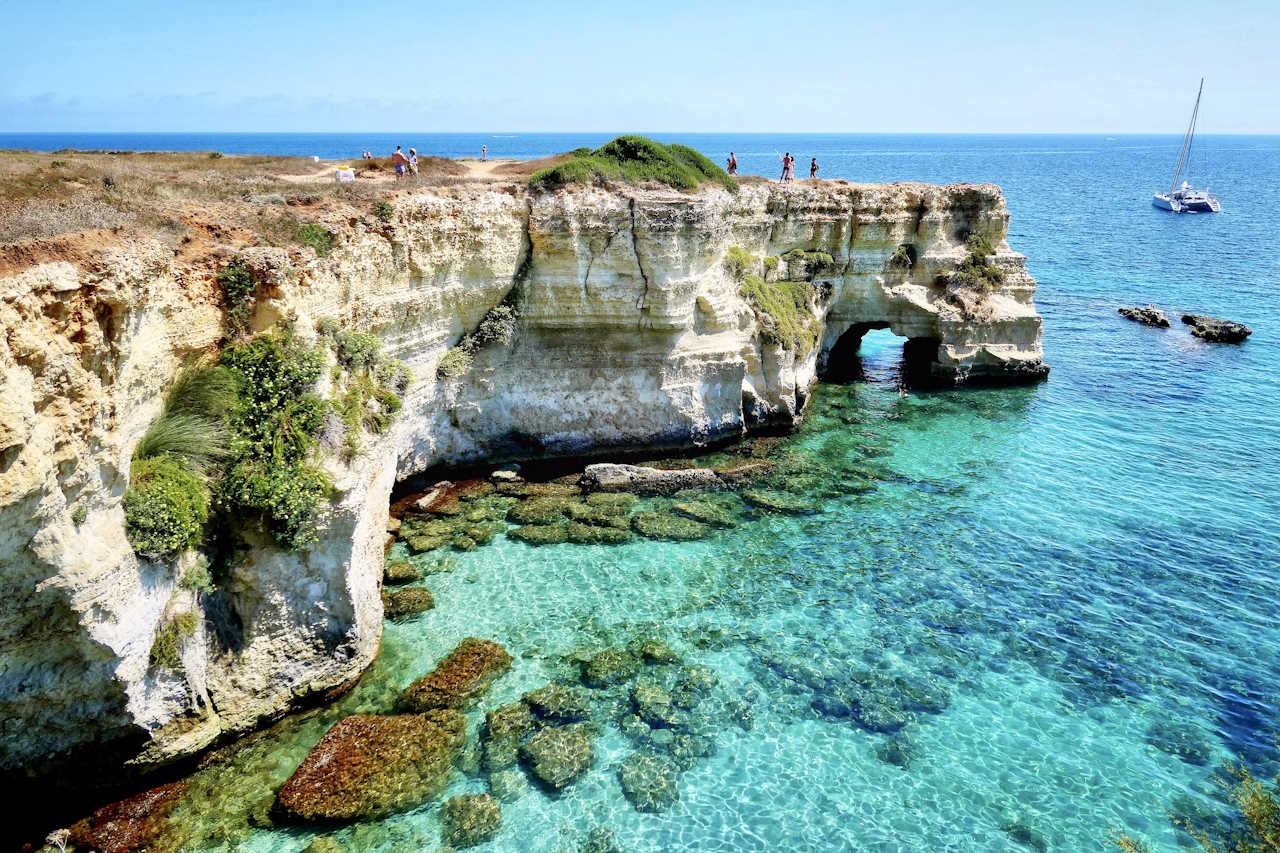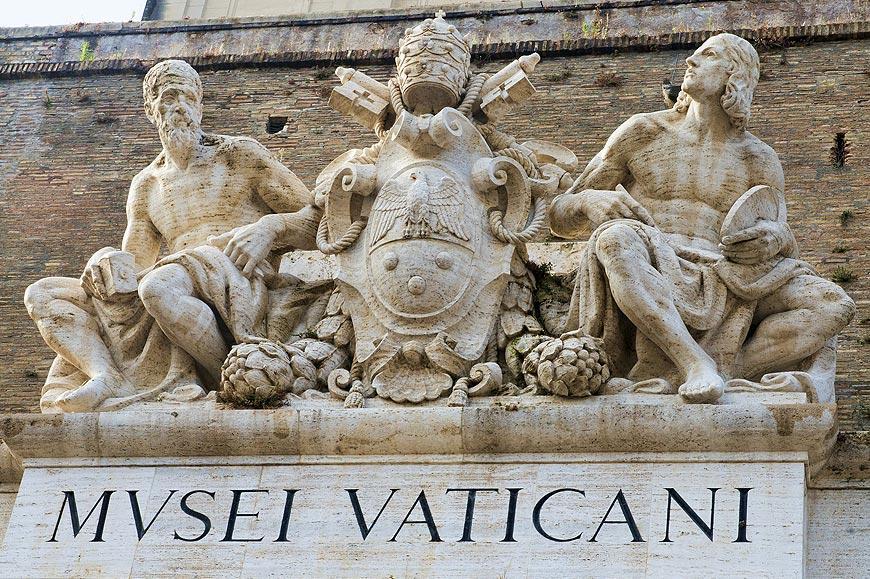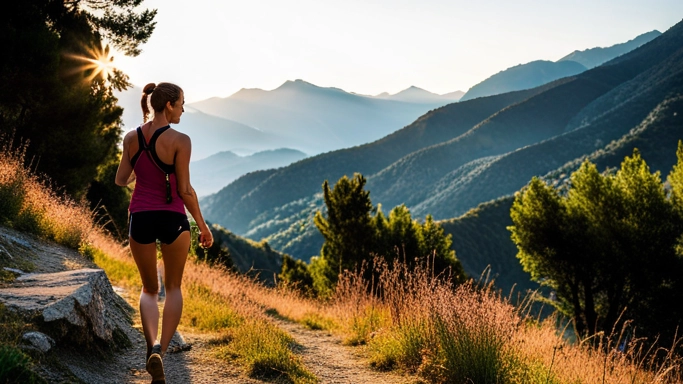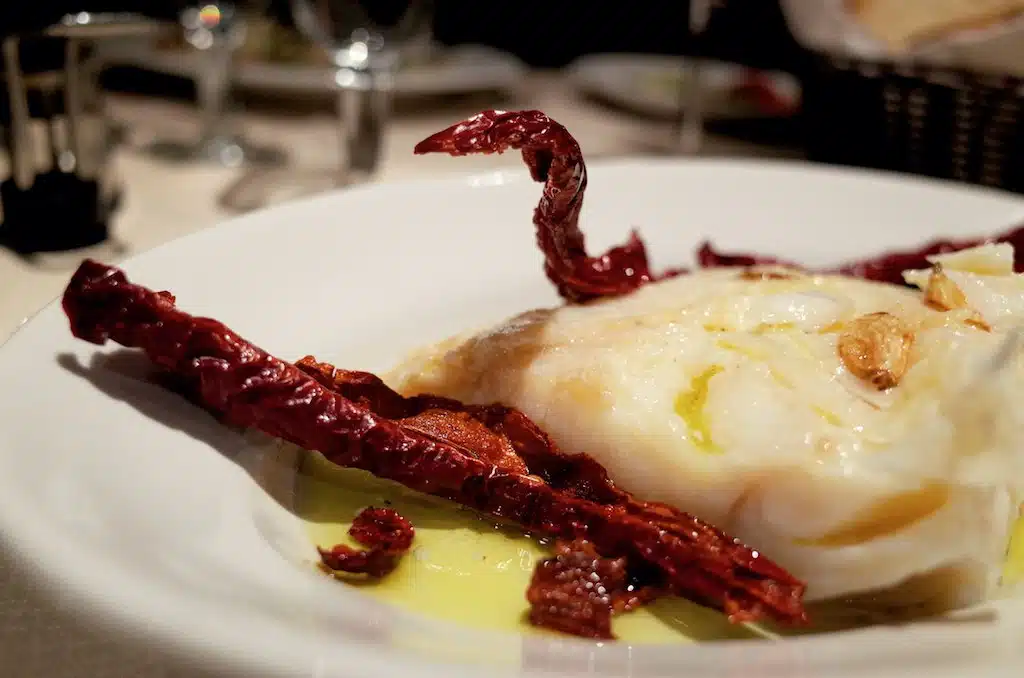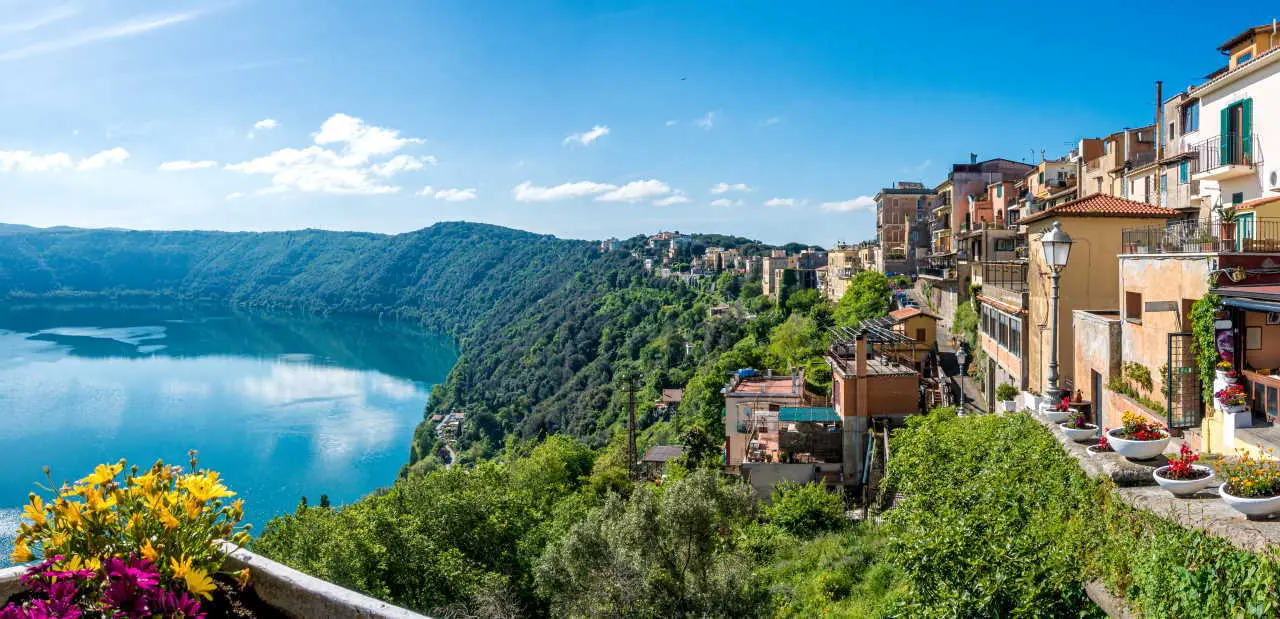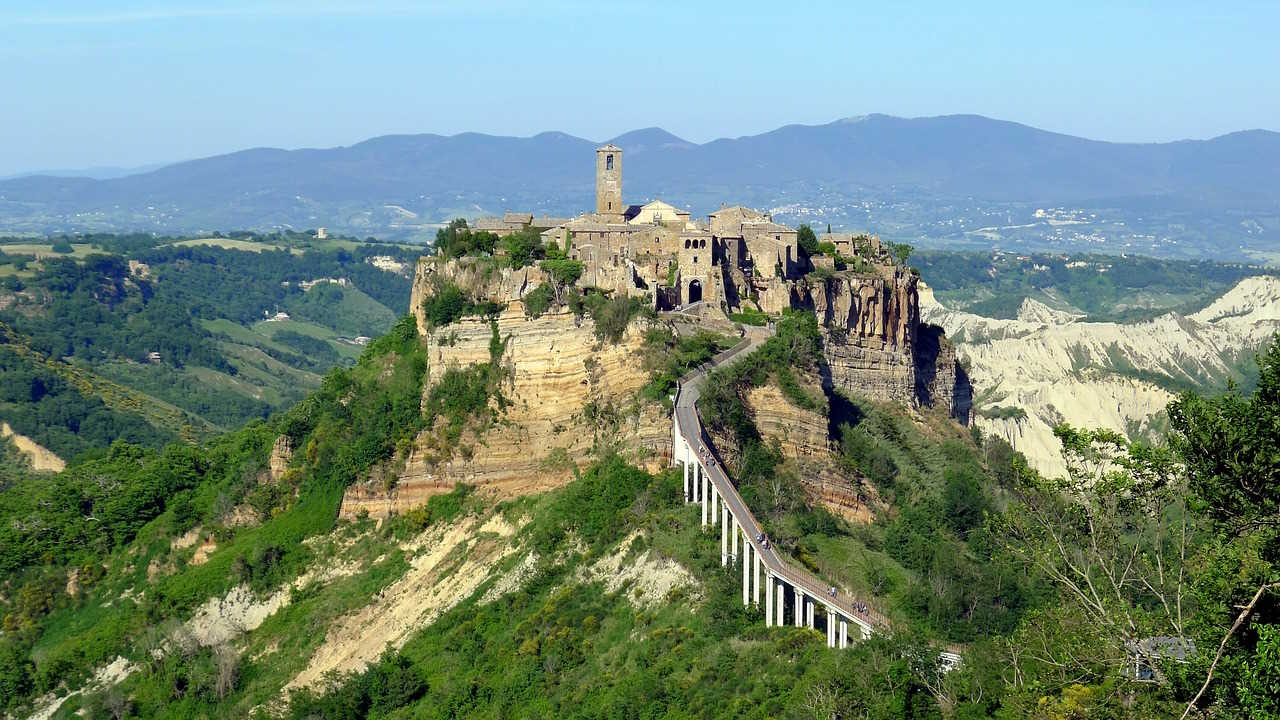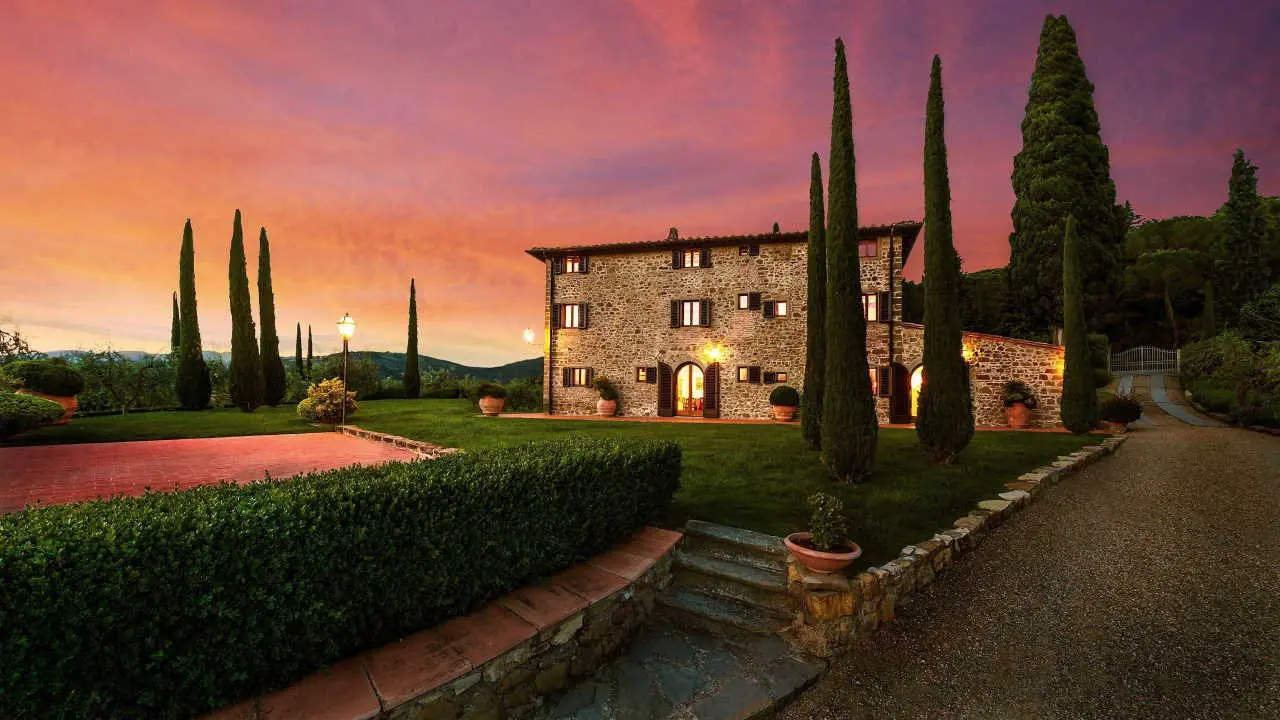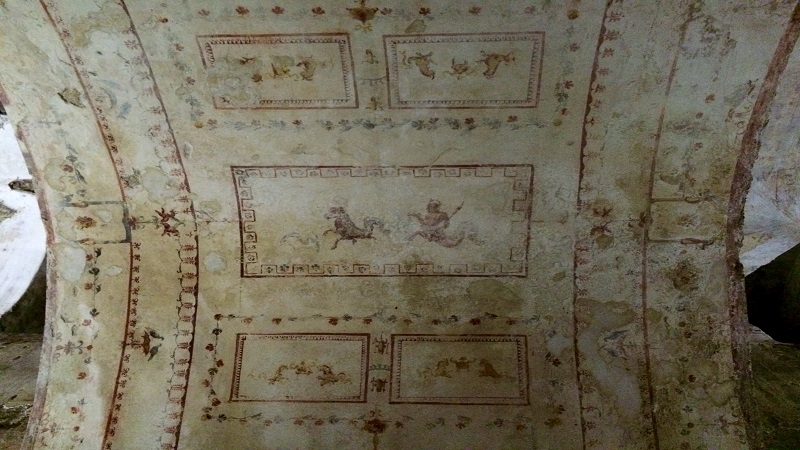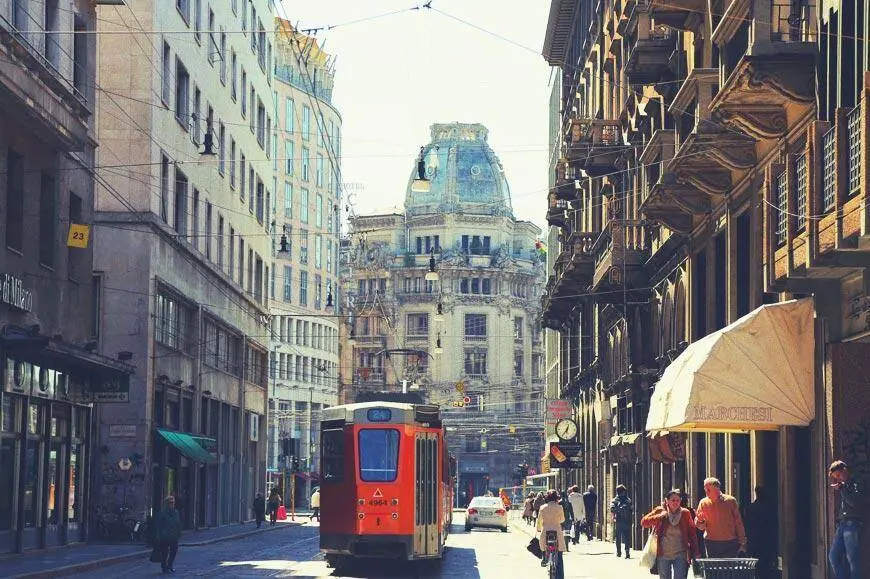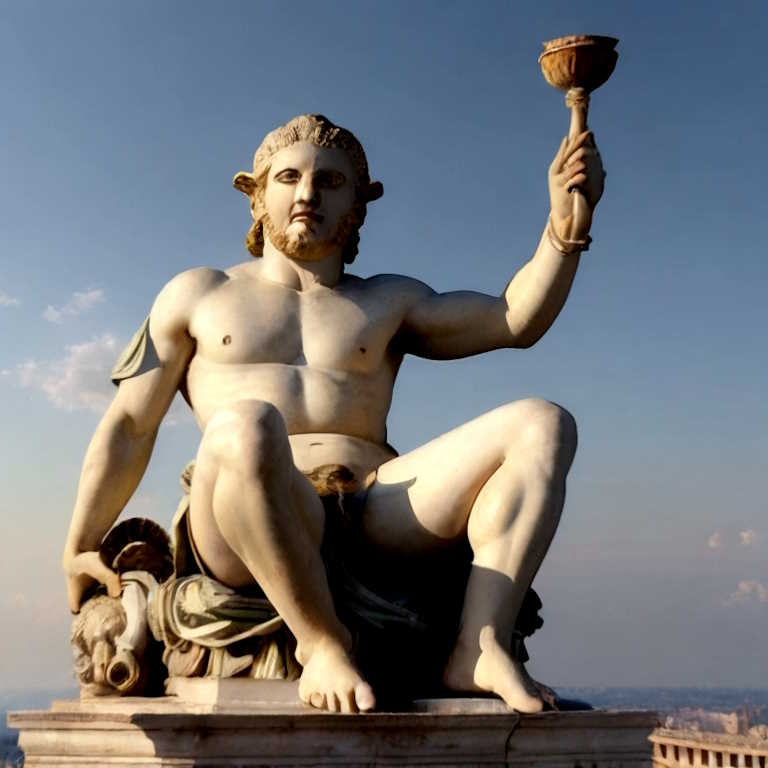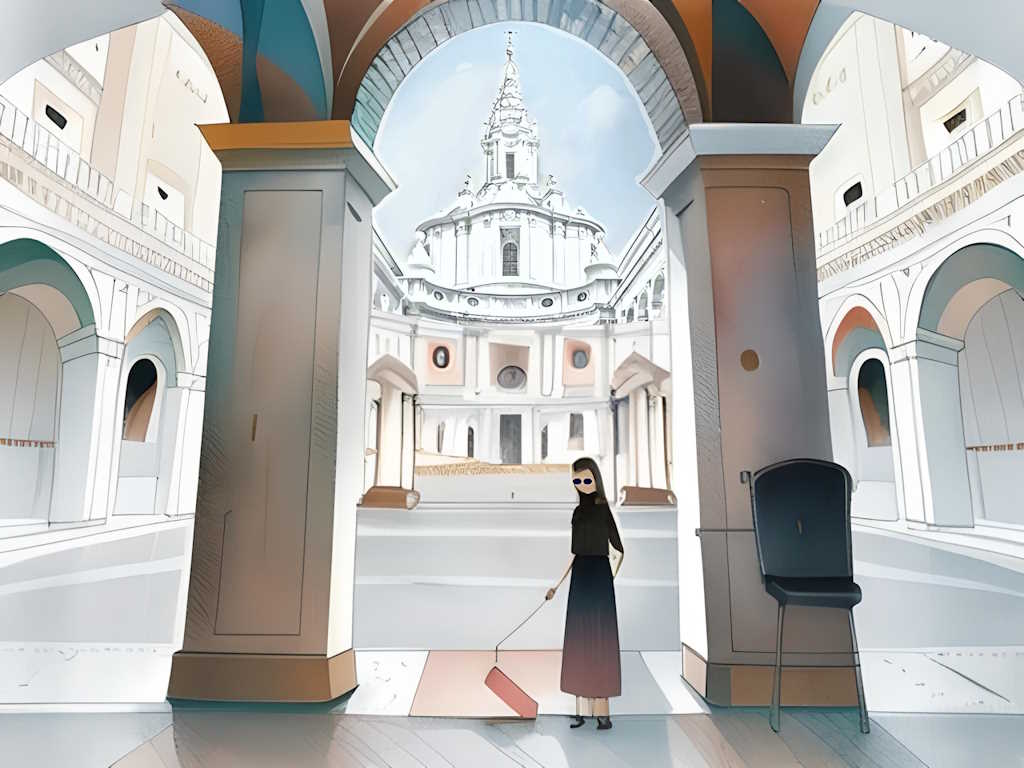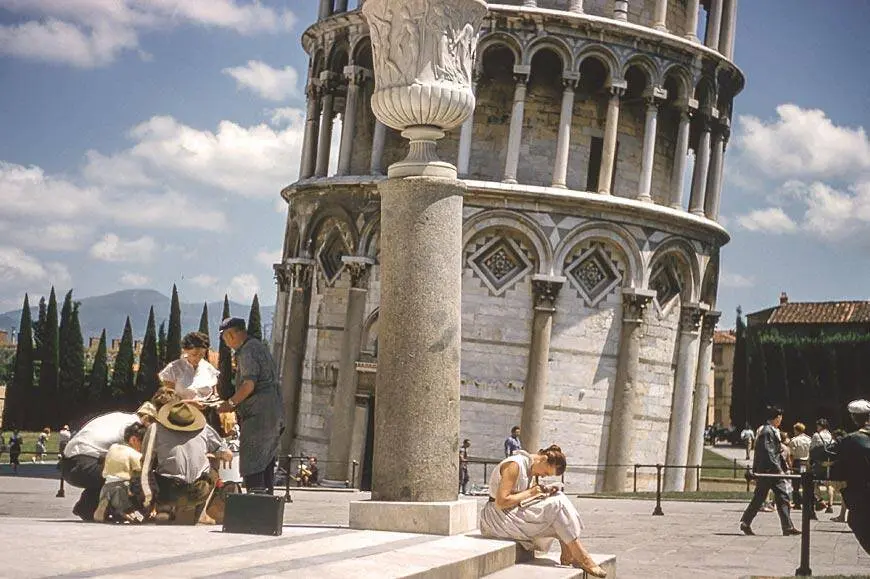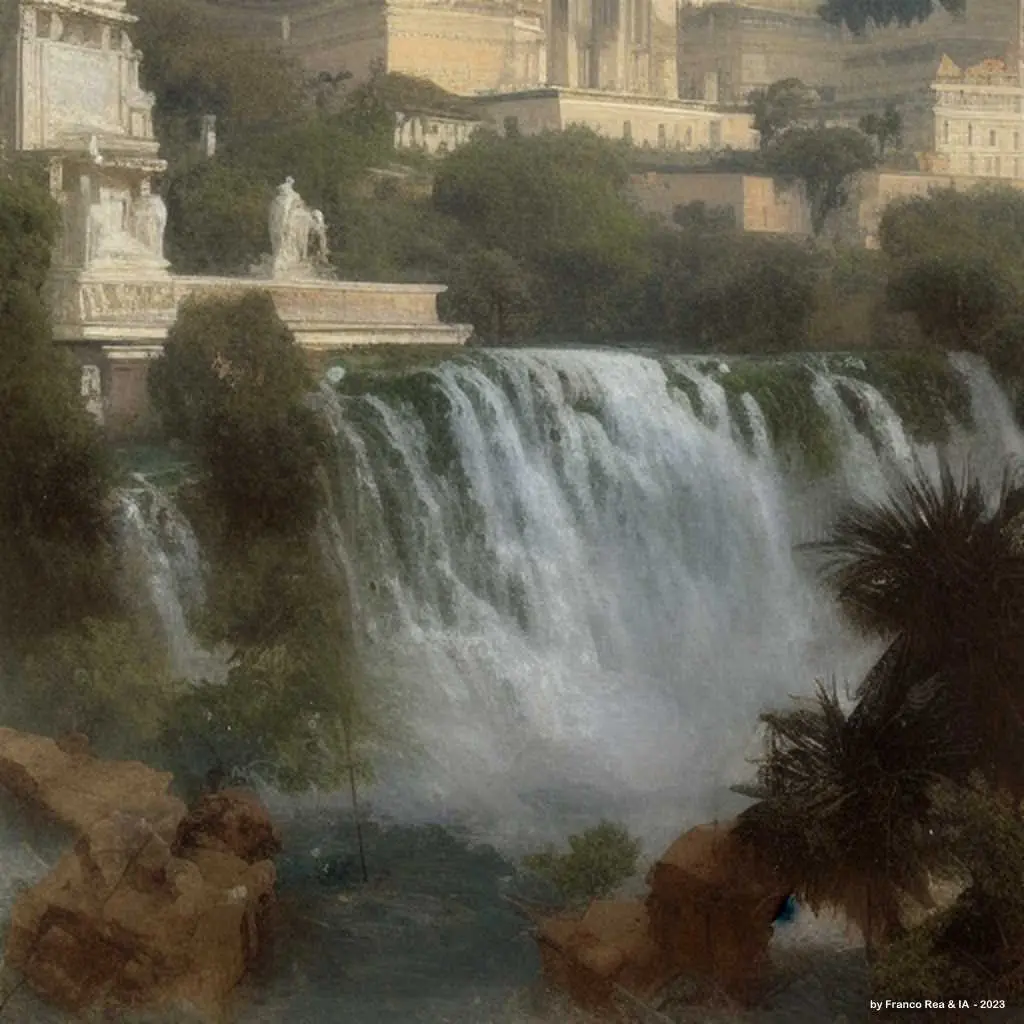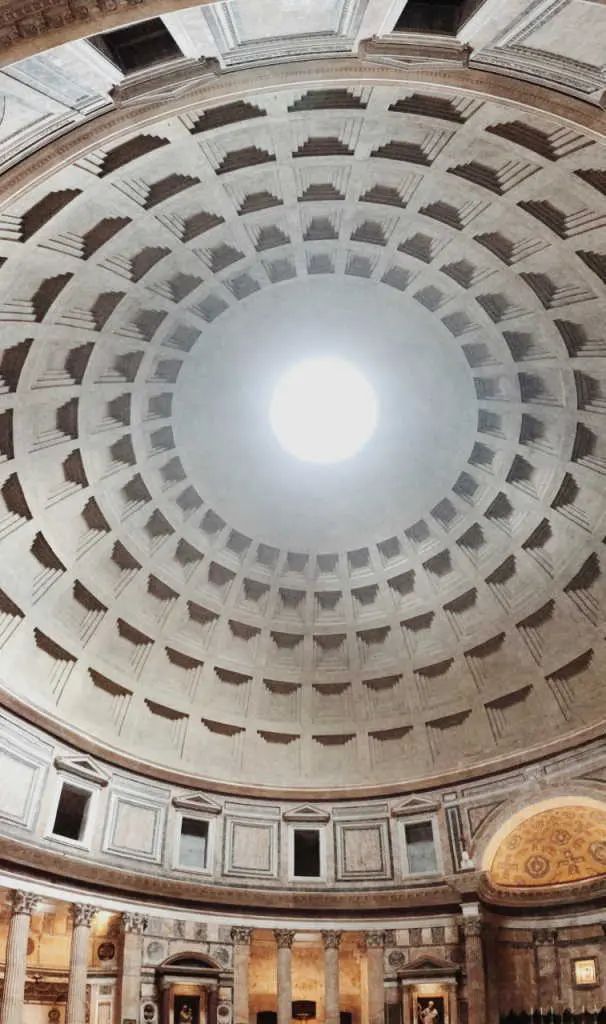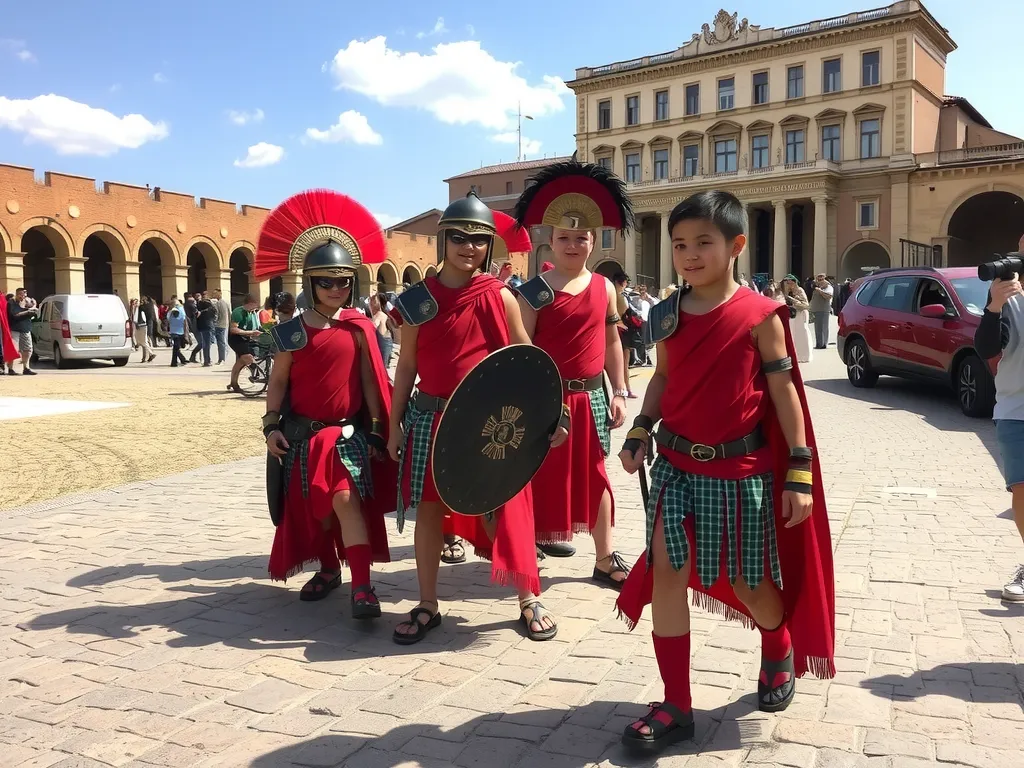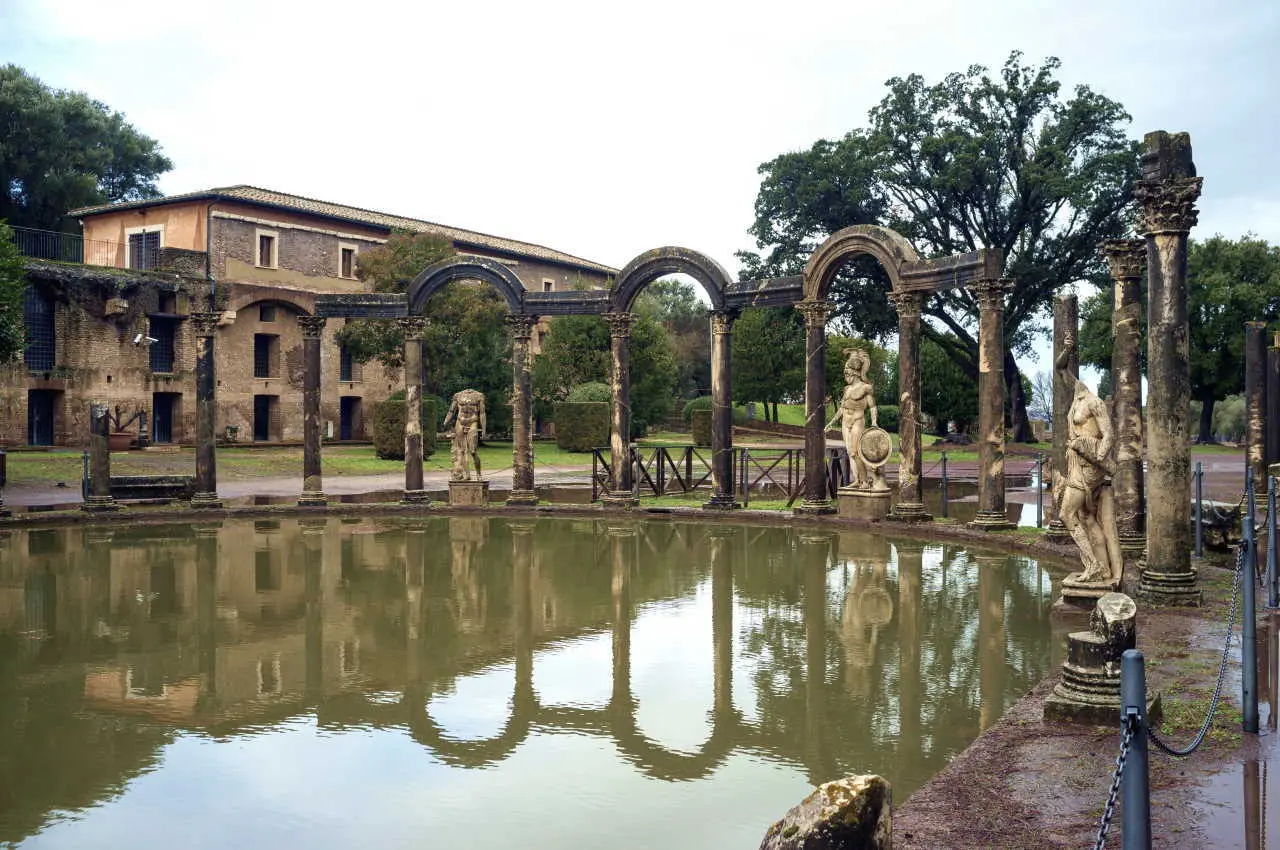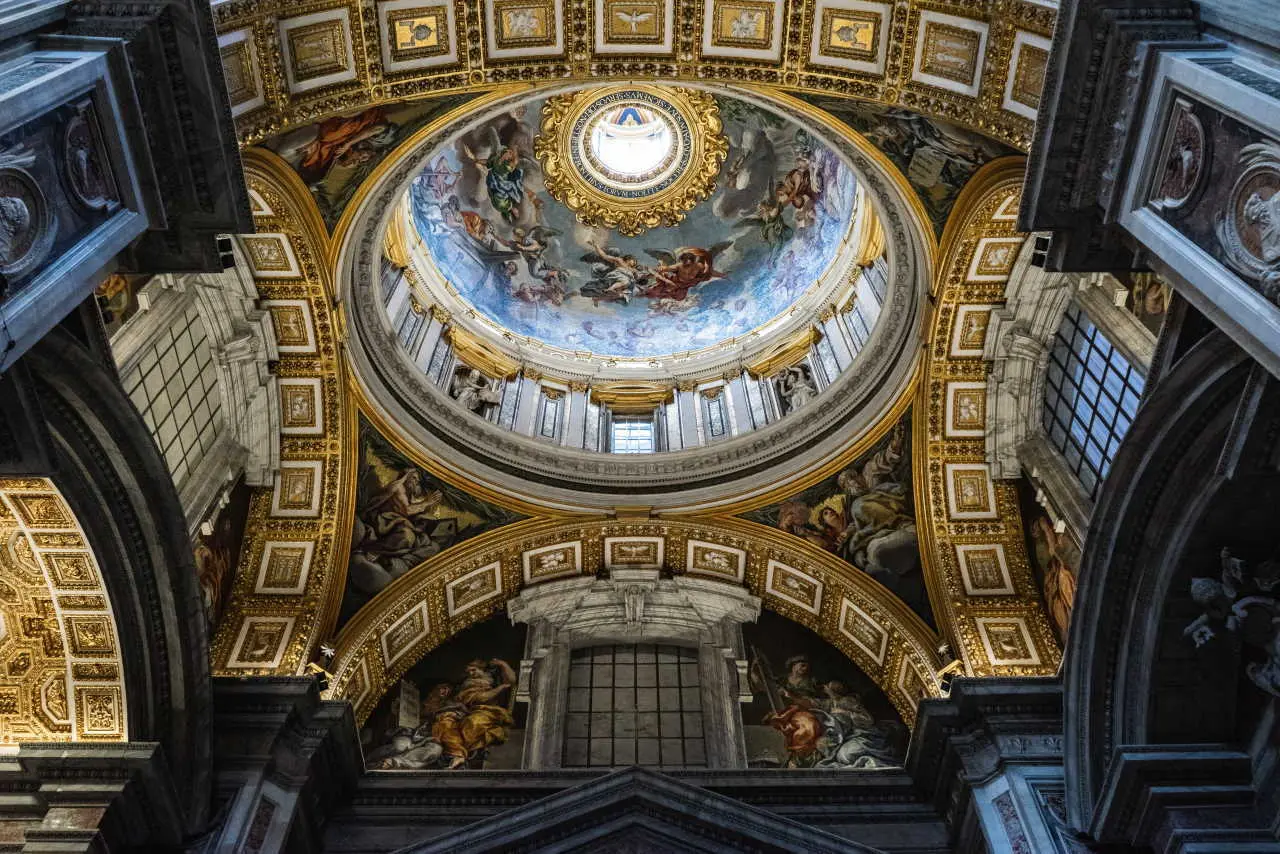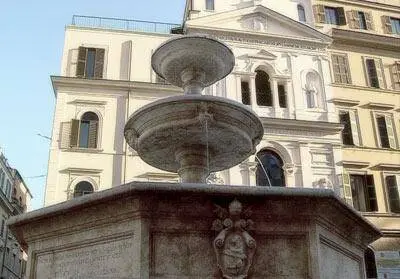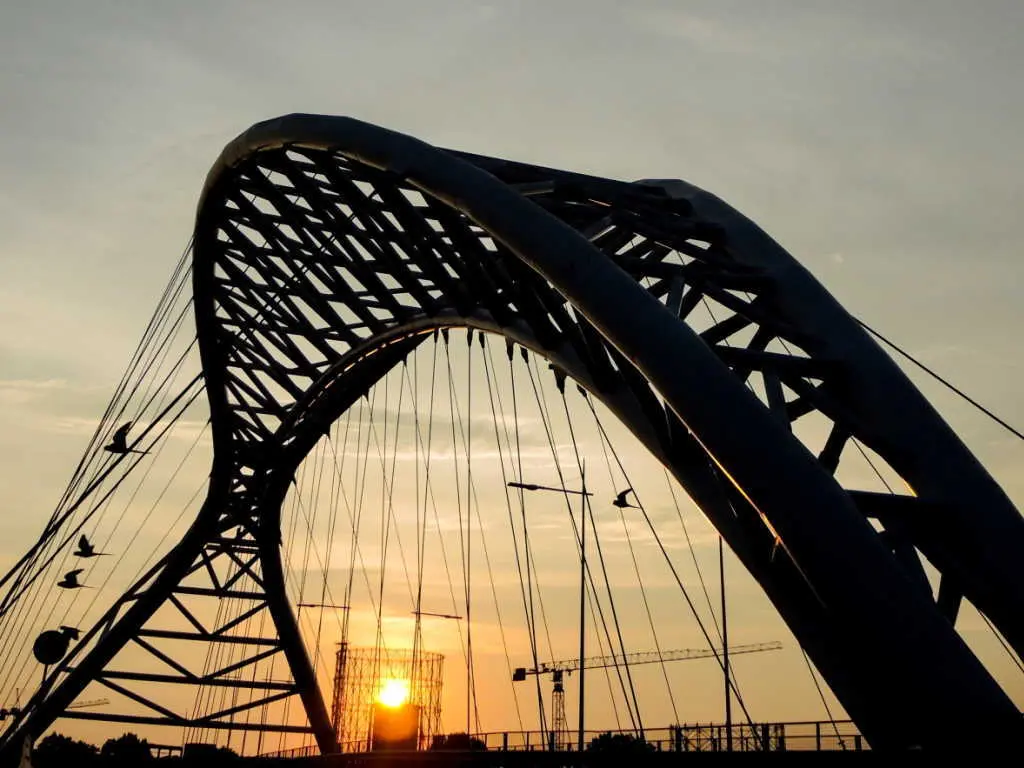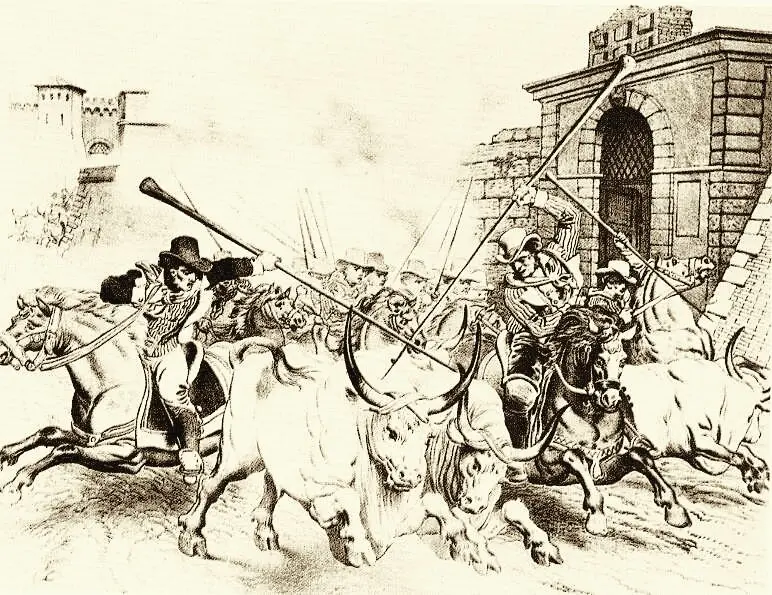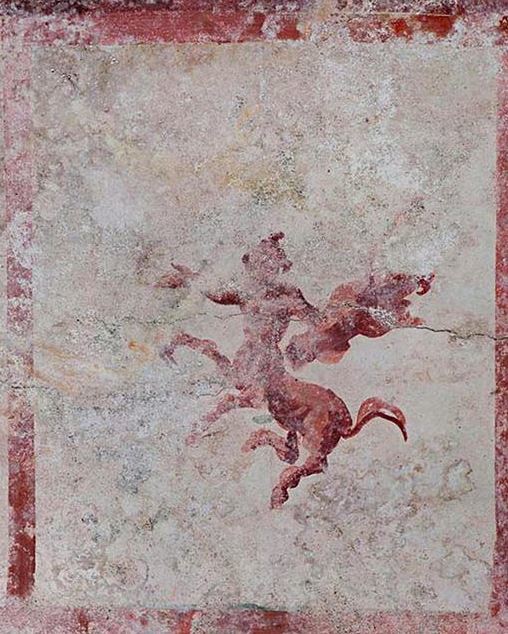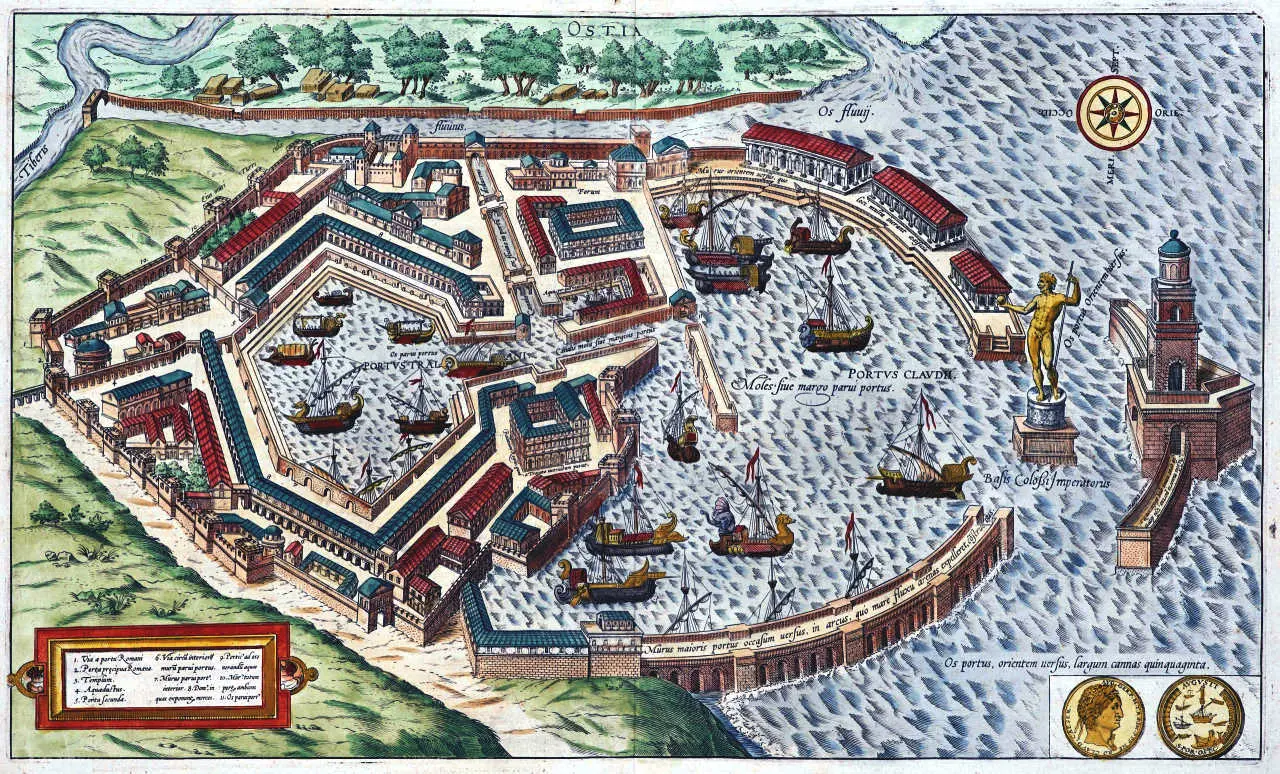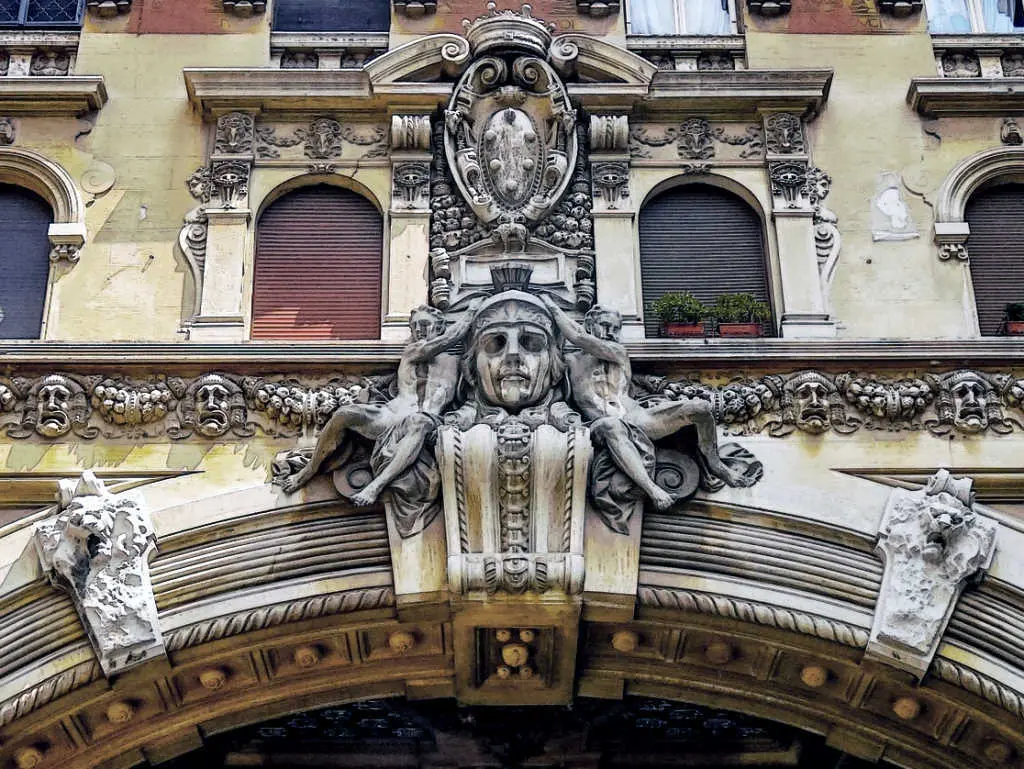Umbria
Land of history, art, nature, religion, and flavors
Umbria is a reality suspended between the richness of its history, the depth of its culture, and the majesty of its nature
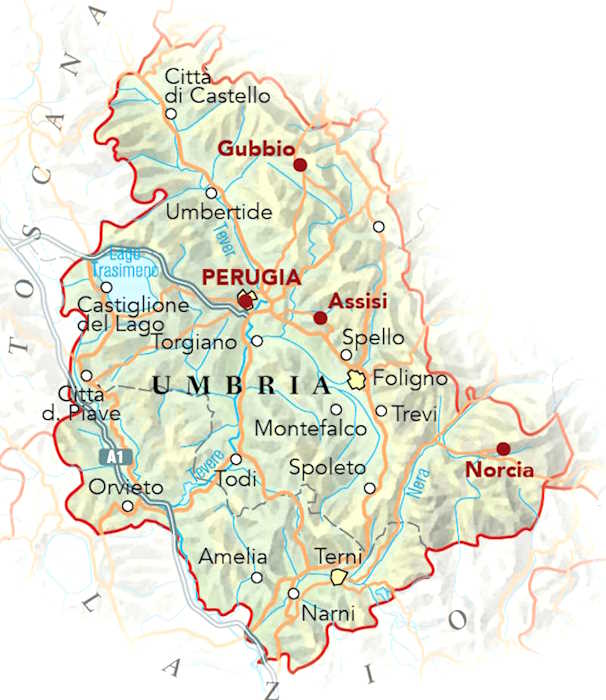
A region focused on sustainability and the environment
Located in the heart of Italy, between Tuscany, Marche, and Lazio, it is the only region on the peninsula without a coastline.
Also known as the “green heart of Italy,” Umbria is a destination that provides a variety of experiences for visitors.
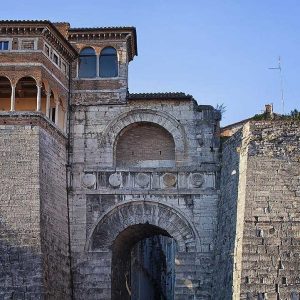
The Umbrian territory is a fascinating mosaic of cities, medieval villages, castles, and archaeological sites, inhabited since ancient times by the Umbrians and Etruscans, later becoming an integral part of the Roman Empire. Cities such as Perugia, Assisi, Spoleto, Gubbio, Orvieto, and Todi preserve an artistic and cultural heritage of immeasurable value. From the Etruscan sites of Orvieto and Perugia to the Roman remains of Gubbio and Spoleto, every stone tells a millennia-old story.
The region’s landscape is remarkable – a complex orographic system progressively rising to over 2400 meters – a succession of hilly areas, centuries-old wooded areas, fertile valleys, and rivers, with Lake Trasimeno, Lake Piediluco, and the artificial basin of Corbara. Many streams and numerous rivers, such as the Tiber and Nera, flow through the region, as well as the Marmore Falls, the highest in Europe.
Umbria is a region very attentive to sustainability and the environment. With 70% of its territory covered by forests, it offers visitors numerous opportunities for outdoor activities such as hiking, mountain biking, horseback riding, canoeing, and birdwatching: an ideal destination for sustainable tourism, thanks to a network of agritourisms, bed and breakfasts, and eco-friendly accommodation facilities.
Tourist destinations
Some of the main attractions and destinations that make this region so fascinating
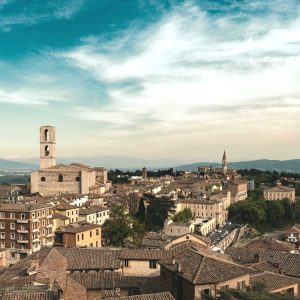
Perugia
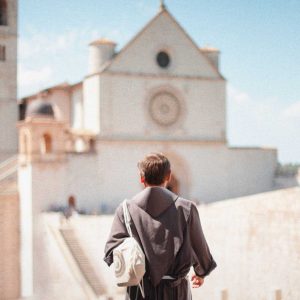
Assisi
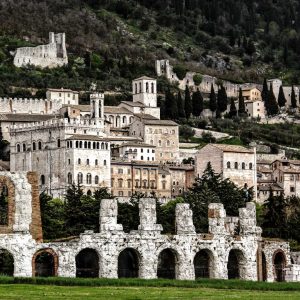
Gubbio
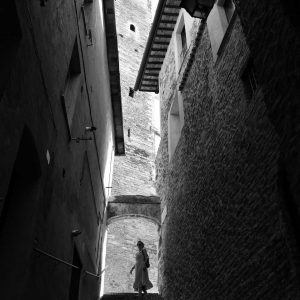
Spoleto
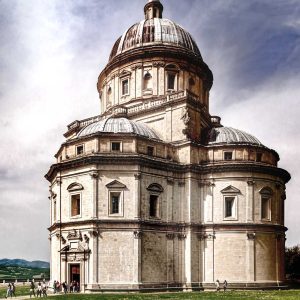
Todi
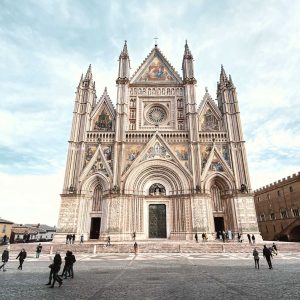
Orvieto
Naturalistic destinations
Exploring nature in Umbria offers a unique experience, combining the beauty of the landscape with the rich historical and cultural richness of the region
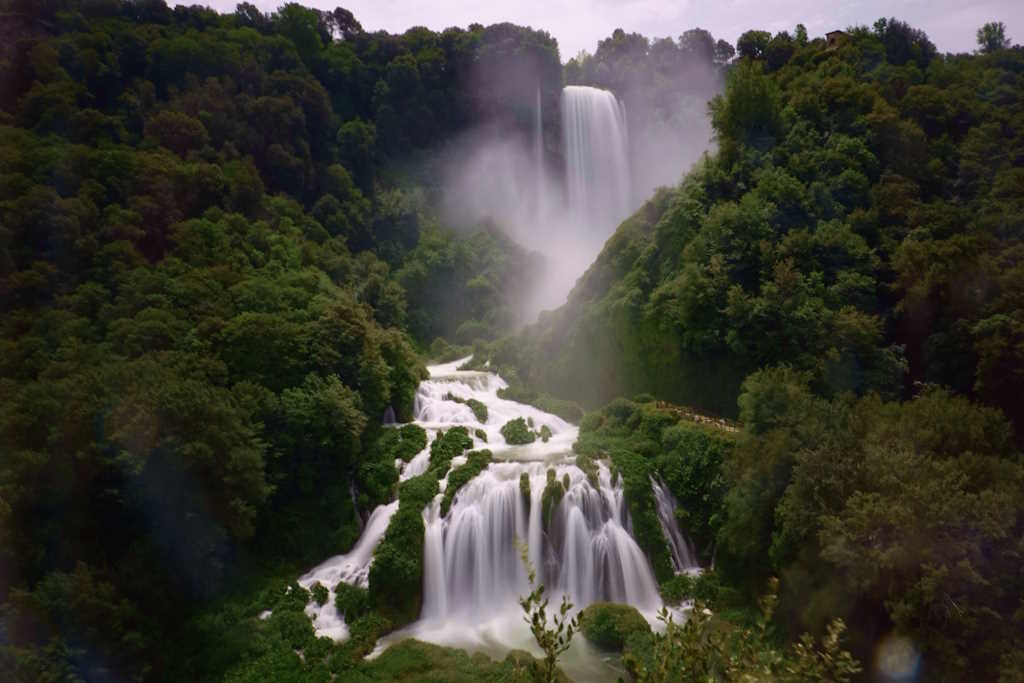
Whether you are a passionate hiker, a nature lover, or simply looking to enjoy the tranquility of a place, Umbria has a lot to offer those seeking an authentic contact with nature.
The Monti Sibillini National Park
The Marmore Waterfall
The Trasimeno Lake
Fonti del Clitunno
Castelluccio di Norcia
Valnerina
Regional Park of Mount Cucco
Monteluco Forest
Monte Subasio
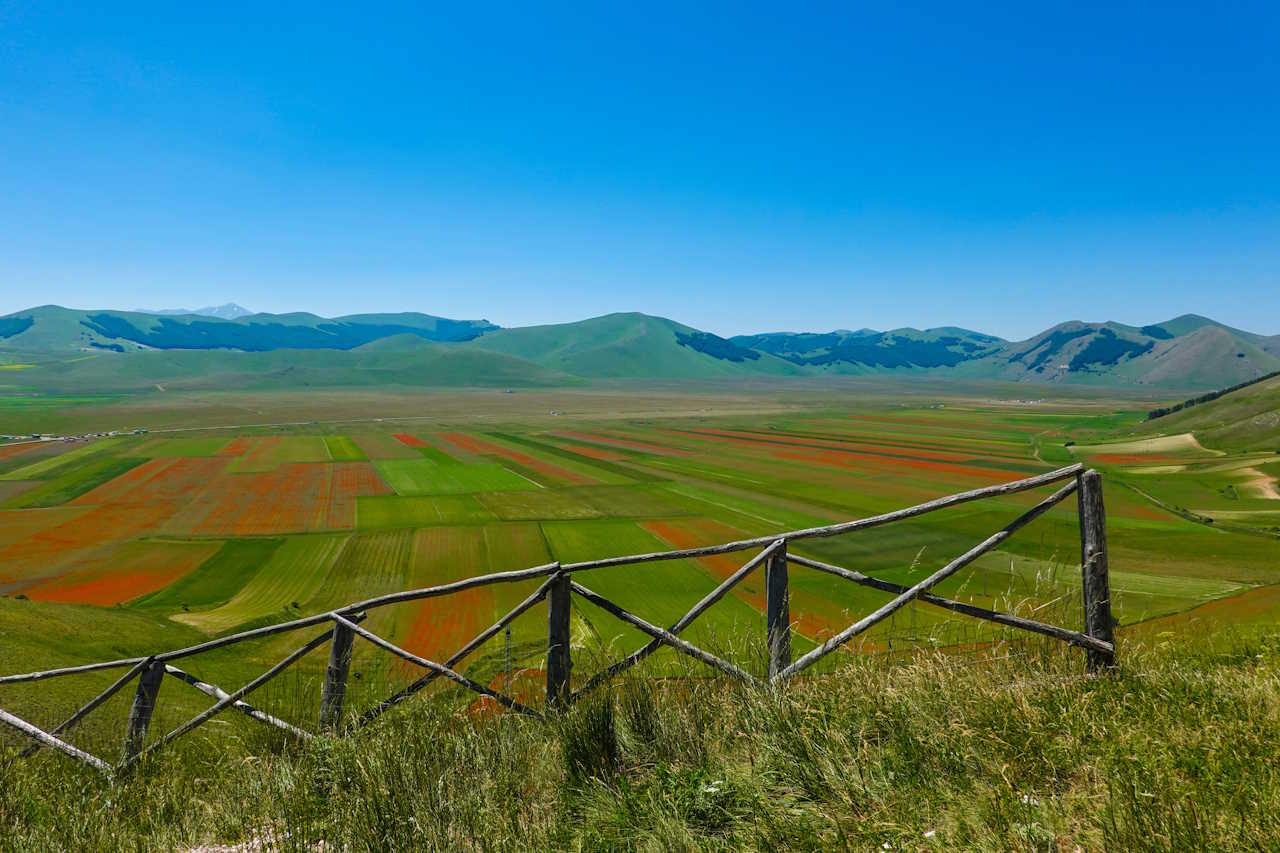
Spiritual Destinations
Umbria is an important center for religious tourism. In addition to places of worship, the region offers spiritual paths and trails that attract pilgrims from all over the world
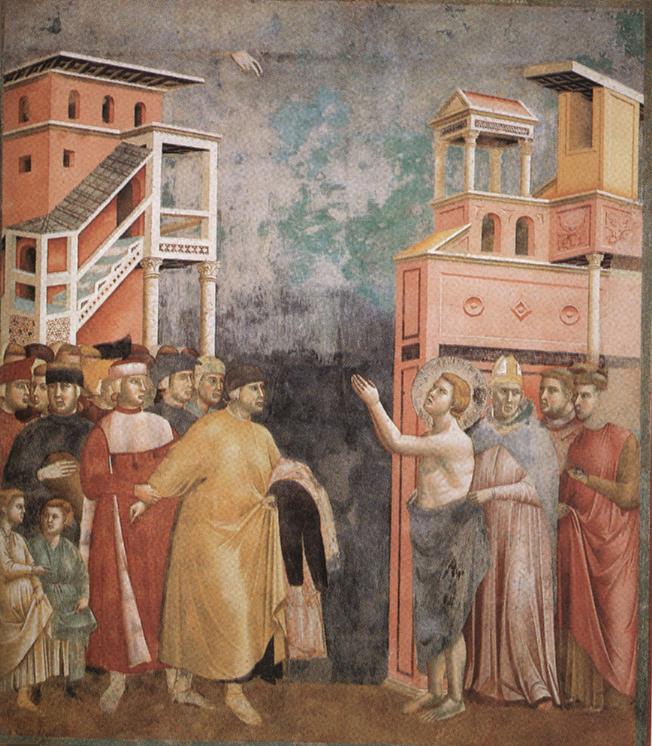
The journey through religious tourism in Umbria allows visitors to explore the deep connection between faith and the cultural heritage of the region. This land played a significant role in the spread of Christianity and was the home of numerous saints and mystics, such as St. Francis of Assisi and St. Clare.
One of the main attractions is the city of Assisi, declared a UNESCO World Heritage site. Here, the evocative complex of the Basilica of St. Francis hosts the famous frescoes by Giotto, which narrate the life of the saint and offer an extraordinary fusion of art and devotion. Other places of interest include the Sanctuary of Rivotorto, where St. Francis and his early followers began their life of poverty, and the Porziuncola, a small chapel inside the Basilica of St. Mary of the Angels, which is one of the most sacred places for Franciscans.
In addition to Assisi, Umbria boasts numerous other spiritual centers.
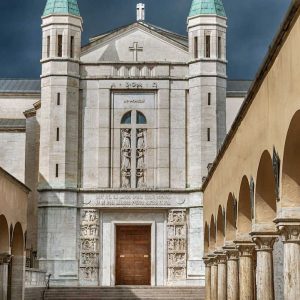
Cascia
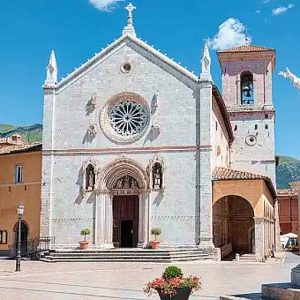
Norcia
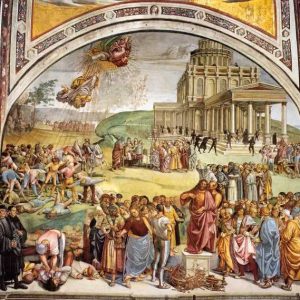
Orvieto
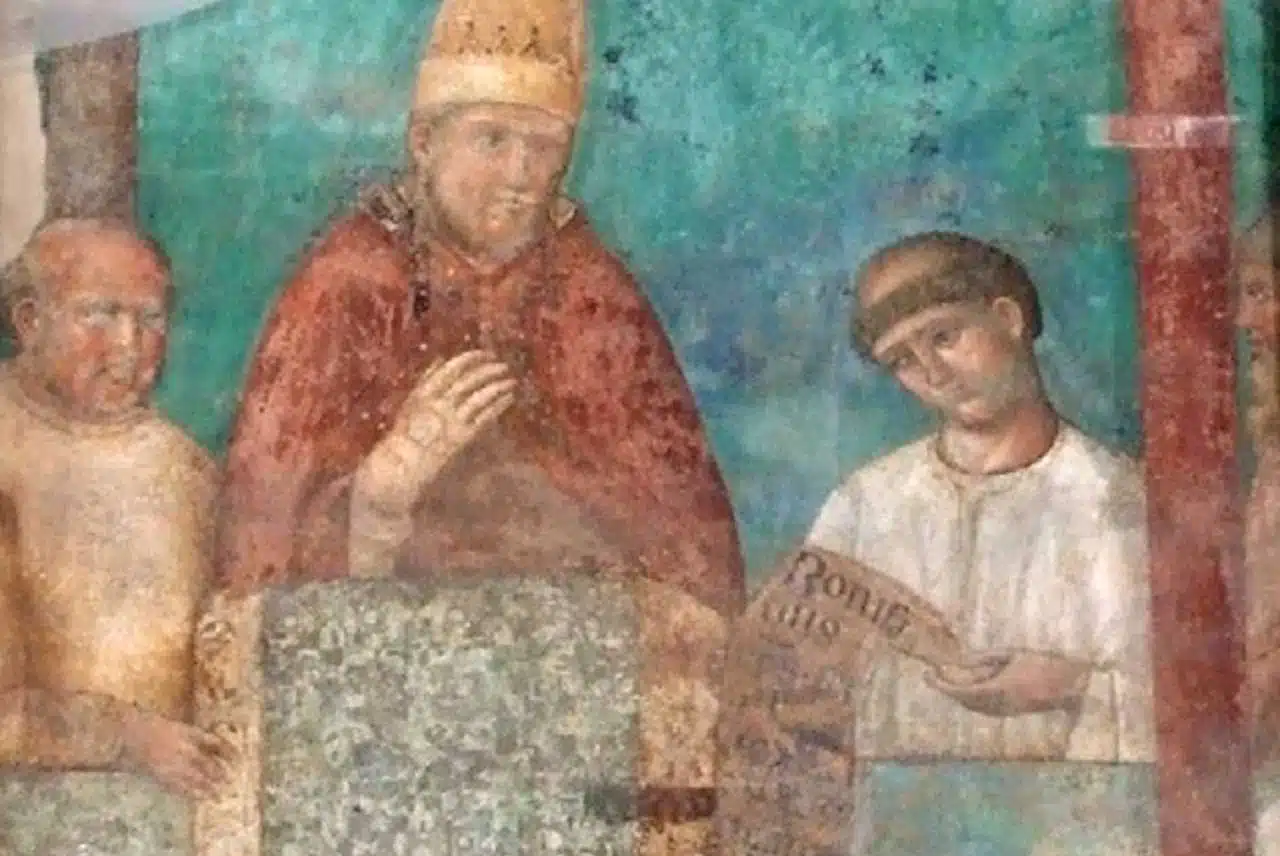
The pilgrimage in Italy
“The most visited destinations and sanctuaries by pilgrims in Italy” – This is a title and a link to an article on the website argiletumtour.com, which provides information related to pilgrimage in Italy.
Art and Architecture
Art in Umbria has deep roots in religious and medieval traditions
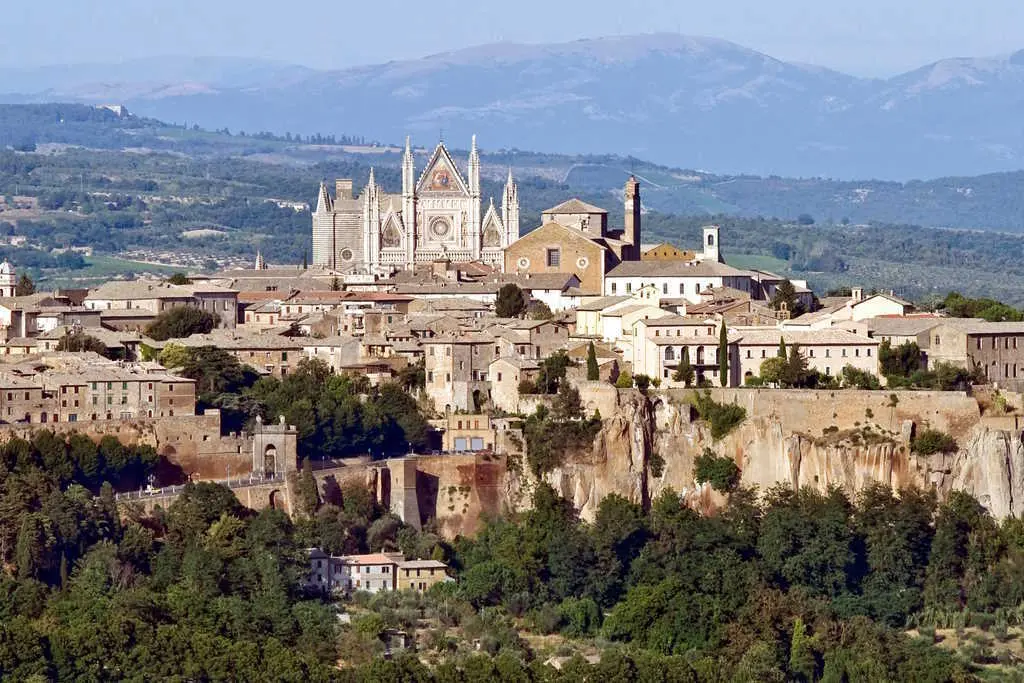
Umbrian artists have significantly contributed to the Italian artistic panorama with prominent figures like Giotto, Cimabue, Perugino, and Pinturicchio. The churches and museums of Umbria preserve many priceless pieces of art, including frescoes, paintings, and sculptures.
The region’s architecture is an enchanting mix of styles that have evolved over centuries. Well-preserved medieval villages, Gothic cathedrals, and Renaissance works testify to the region’s rich architectural heritage. One of the most famous examples is the Basilica of San Francesco in Assisi, a masterpiece of Gothic architecture and a pilgrimage site. Orvieto is known for its cathedral, an extraordinary example of Italian Gothic architecture.
Umbria also has a rich archaeological heritage, with numerous sites showing evidence of the ancient Etruscans, a pre-Roman population that left a lasting imprint on the region. From Renaissance masterpieces to ancient ruins, Umbria offers a fascinating journey through historical epochs, capturing the attention of those who love to explore the beauty and history of Italy.
The Etruscans in Umbria
The Etruscans were an ancient pre-Roman people who mainly inhabited the area corresponding to Tuscany, Umbria and Lazio. During the Iron Age (around the 10th to 6th centuries BC), the Etruscans established an advanced society characterized by city-states, a complex political system, distinctive art, and remarkable skill in maritime trade.
In Umbria, the Etruscans had a significant presence, contributing to the development of architecture, art, and culture in these areas. Some of the major Etruscan cities include Perugia, Orvieto, and Todi, important urban centers that were part of the Etruscan League.
Over time, Etruscan influence declined due to military and political pressure from the Romans. The Roman conquest of Umbria and other Etruscan regions was completed in the 3rd century BC, marking the end of Etruscan independence. However, many of the traditions, artistic techniques, and cultural aspects of the Etruscans continued to influence the subsequent Roman civilization.
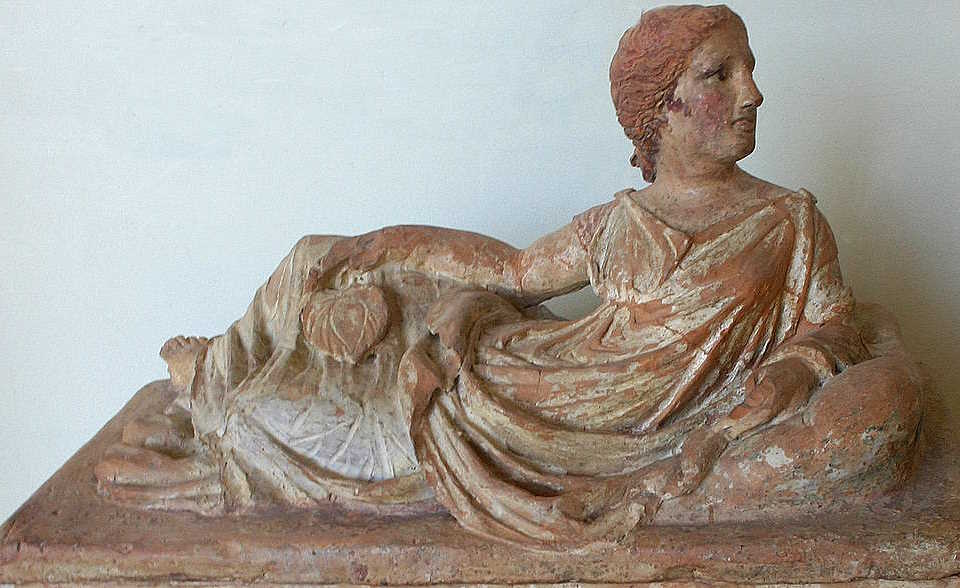
-
Day trip to Assisi from Rome by Private Car
Day Trips from Rome144,00€ – 379,00€A Franciscan experience in the green heart of Umbria, at the discovery of Assisi, city of St. Francis
Assisi | Private Driver | 10 hours
Umbrian food and wine tradition
The region boasts a rich culinary tradition featuring genuine dishes, authentic flavors, and fresh, high-quality local products
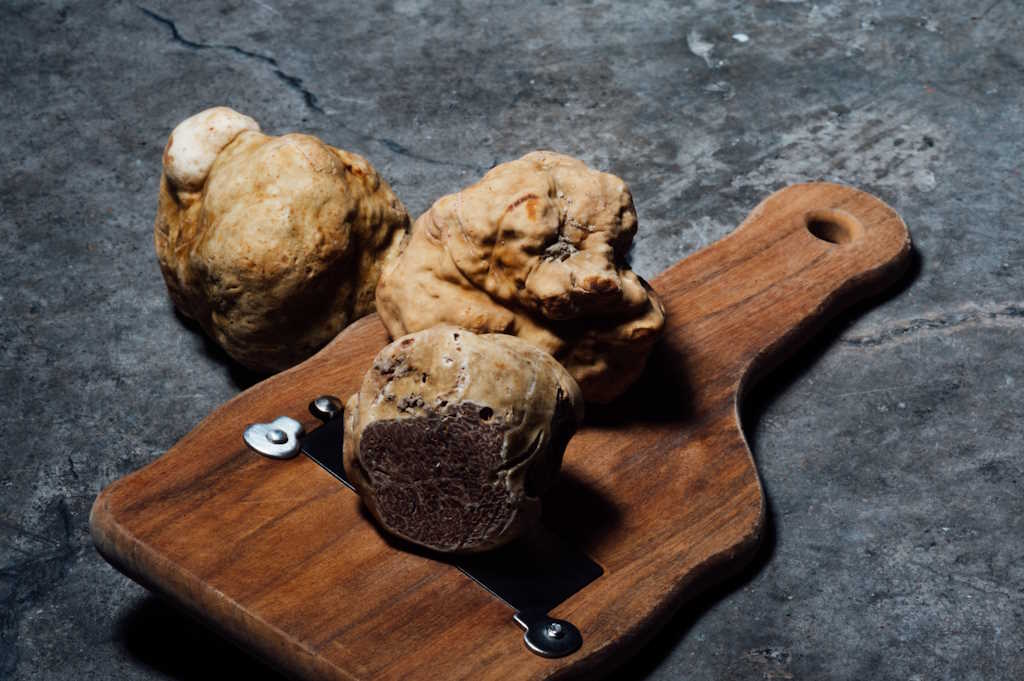
Important elements include extra virgin olive oil, particularly from the Trevi and Spoleto areas and the hilly areas surrounding Lake Trasimeno, truffles, a highly prized subterranean fungus found in various varieties in Umbria, prosciutto di Norcia, a high-quality cured ham produced from free-range pigs, pecorino di Norcia, a hard cheese made from sheep’s milk, legumes such as lentils from Castelluccio, Sagrantino di Montefalco, a dry red wine, turroni di Gubbio, a soft nougat made with almonds, hazelnuts, and honey.
Other typical products and dishes enrich the gastronomic panorama, offering a true symphony of flavors: unsalted bread, various focaccias like torta al testo from Perugia or “pizza sotto lu focu” from Terni, gnocchi with hare sauce, Umbrian ravioli, pici, tagliatelle, faraona alla leccarda, pappardelle al cinghiale.
For desserts, there are ciaramicola, tozzetti, torcolo di S. Costanzo, castagnole, rocciata, frappe, pampepato ternano, maccheroni dolci, cicerchiata, and amaretti.
Curiosities in Umbria
In addition to the most well-known attractions, several curious and fascinating things are worth exploring in this region
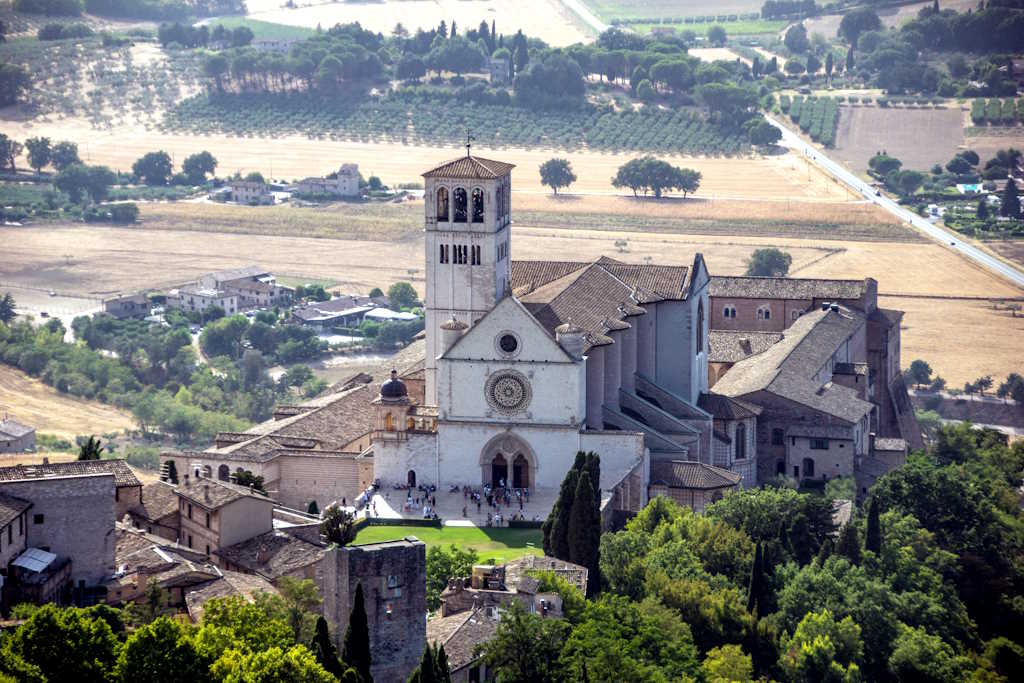
The "Flowering of Castelluccio di Norcia"
Every year between late May and early July, a phenomenon occurs that attracts numerous visitors from all over the world. Fields transform into a colorful sea of wildflowers, including poppies, daisies, cornflowers, violets, narcissi, clovers, lentils, and other varieties. The color palette ranges from intense red to blue, creating an incredible spectacle
The smallest Italian-style theater in the world
A small architectural gem can be found in Montecastello di Vibio, a few kilometers from Todi. It’s called the Teatro della Concordia and was inaugurated in 1808. What makes it unique is its size, as the theater measures 68 square meters. There are 99 seats, with 37 seats in the stalls and 62 in the gallery
Narni Underground and the Inquisition
The Narni Hypogeum site was uncovered in 1979, a true treasure dating back to the Inquisition. It consists of an underground church, a small cell, and the torture chamber. Guided tours are available with the assistance of technology for a journey through history
Perugia, the home of the Chocolate Festival
Perugia hosts the famous chocolate festival, “Eurochocolate”. During this event, the city is filled with chocolate enthusiasts from all over the world
The Blessing of the Animals
In Gubbio, during the celebration of Saint Francis (patron saint of animals), there is a unique tradition where domestic animals are taken to church to be blessed
The Forest of the Friars in Monteluco
Near Spoleto, the Bosco dei Frati is a fascinating and mystical place where hermits and monks used to retreat for prayer and meditation. Today, it is possible to go on excursions to explore this enchanting place
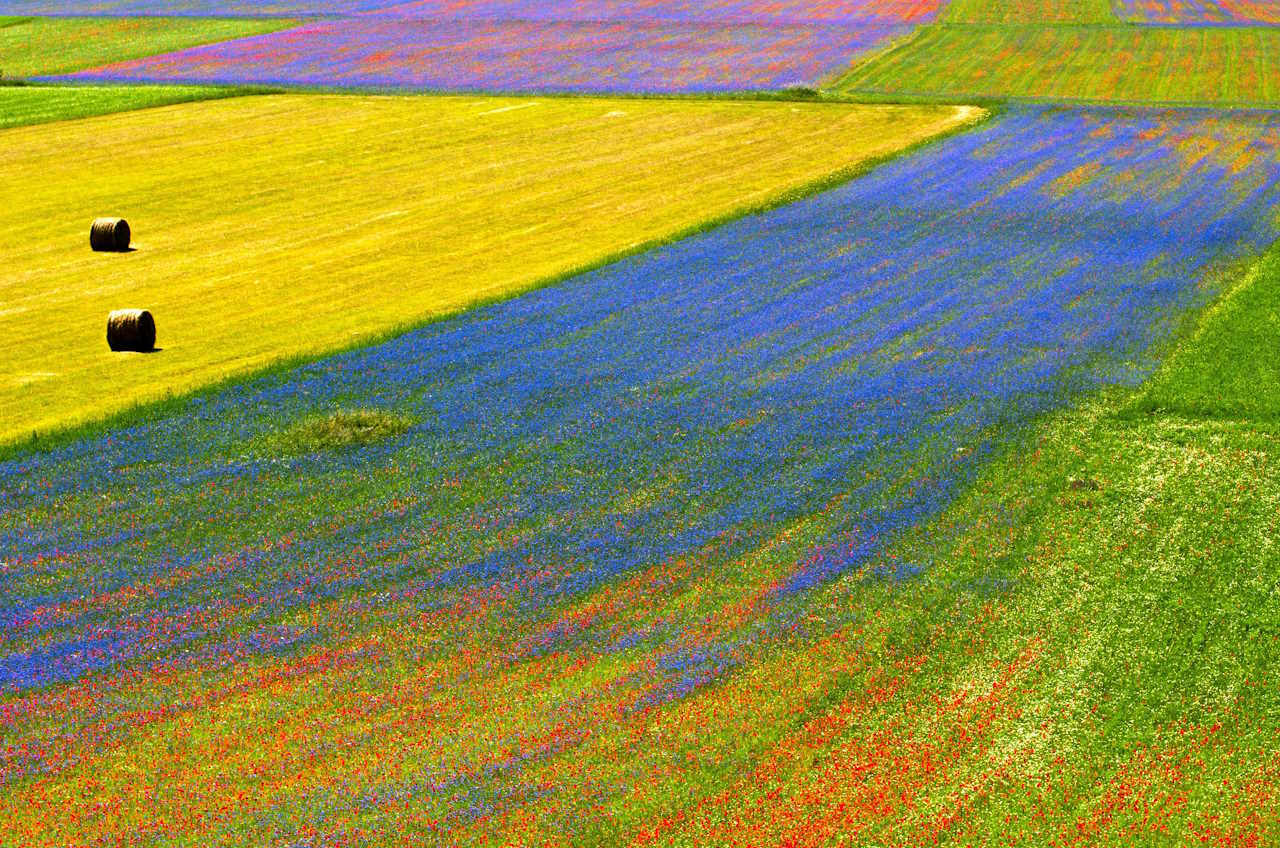
Tours and pilgrimages in Italy
-
Private Tour to Padre Pio Shrine in San Giovanni Rotondo
Pilgrimages in Italy277,00€ – 858,00€A private spiritual journey to discover the sacred places of Padre Pio and Monte Sant'Angelo, with the comfort of exclusive transportation and an expert guide.
From Rome | Guided Tour | Private Transportation | 1 day
-
Assisi and Saint Francis – One-Day Tour from Rome
Pilgrimages in Italy179,00€ – 525,00€One-Day Tour to Assisi from Rome: an immersive experience of cultural and spiritual visits
Assisi | Guided Tour | Private Vehicle | 1 Day
-
Pilgrimage in Italy – Assisi and San Giovanni Rotondo
Pilgrimages in Italy948,00€ – 2.453,00€A pilgrimage experience that combines spirituality and history, offering you a memorable journey through the heart of religious Italy.
Italy| Private Tour | 3/4 stars | Customizable | 5 days
-
Pilgrimage from Rome to Padre Pio, San Giovanni Rotondo
Holidays in Rome565,00€ – 1.261,00€By Private car and driver for 2 days to San Giovanni Rotondo
Lanciano - San Giovanni Rotondo | Private car/driver | 2 days
-
Vatican Museums and Sistine Chapel small groups
City Tours of Rome198,00€Art and Spirituality: Vatican Museums, Sistine Chapel, and St. Peter's Square Tour - Small group max. 10 persone
Vatican | Small Groups | pick-up | 3,30 ore
-
Day trip to San Giovanni Rotondo
Day Trips from Rome245,00€ – 445,00€Day trip to San Giovanni Rotondo from Rome, home of the Shrine of Padre Pio. Travel by high-speed train and private taxi!
San Giovanni Rotondo | Guided Tour | High-Speed | 1 day
-
Tour to San Giovanni Rotondo
Holidays in Rome305,00€ – 472,00€Tour to San Giovanni Rotondo, home of Padre Pio, by high speed train and transfers by car
San Giovanni Rotondo | City center | High-Speed Train | 3 days
-
Tour to Assisi and Orvieto
Day Trips from Rome154,00€Tour from Rome visiting Assisi St. Francis city, and the medieval town of Orvieto, the real Italy, far away from large cities
Assisi Orvieto | Guided Tour | By Bus | 11 hours
-
Ancient Basilicas and the Catacombs of Rome
Pilgrimages in Italy183,00€ – 408,00€Christian Rome and the Catacombs - Private tour, an itinerary retracing the history of Christianity in Rome
Rome | Private vehicle | Expert guide | 4 hours
-
Papal Audience with Pope Leone XIV
City Tours of Rome35,00€Every Wednesday morning the possibility to meet Pope Leone XIV at the Vatican
Vatican City | Ticket Papal Audience | Expert Guide | 4 hrs.
-
Day trip to Assisi from Rome by Private Car
Day Trips from Rome144,00€ – 379,00€A Franciscan experience in the green heart of Umbria, at the discovery of Assisi, city of St. Francis
Assisi | Private Driver | 10 hours
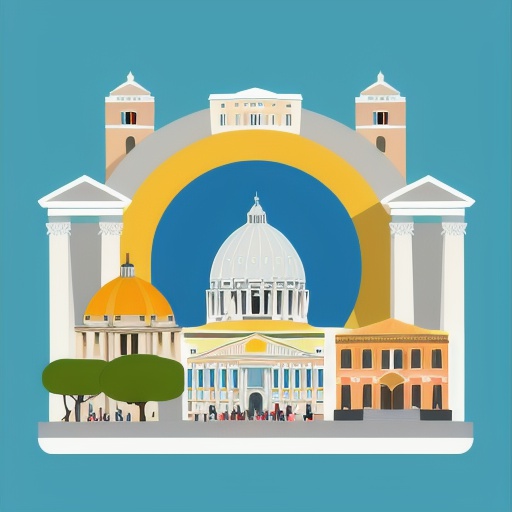
Experiences and travels in Italy
